In industrial imaging, lenses are fundamental components that shape how the camera captures the world. Among the many lens parameters, focal length plays a pivotal role in determining what and how much we see. Understanding focal length and its effect on the field of view (FOV) is essential for selecting the right lens for your application.
What Is Focal Length?
Focal length is the distance between the lens’ optical center and the image sensor when the lens is focused at infinity. It’s usually measured in millimeters (mm). This number tells us a lot about how the lens will perform, affecting magnification, image perspective and how much of a scene the camera will capture.
How Focal Length Affects Field of View
The field of view (FOV) is the extent of the observable area the camera sees through the lens. Focal length and FOV share an inverse relationship:
-
Short focal length lenses (e.g., 4mm, 8mm) provide a wide field of view, capturing more of the scene but with less detail on distant objects. These are ideal for applications requiring broad area coverage, such as surveillance or large-object inspection.
-
Long focal length lenses (e.g., 50mm, 100mm) offer a narrower field of view but with greater magnification, enabling us to see smaller details on objects farther away. These lenses are perfect for precise inspection tasks, such as small-part measurements or defect detection.
Choosing the Right Focal Length
Selecting the appropriate focal length depends on multiple factors:
- Size of the Target and Distance: Consider the physical size of the object being imaged and how far the camera will be positioned. For larger targets or close distances, shorter focal lengths work best to capture the entire object. For distant or smaller targets, longer focal lengths help zoom in on details.
- Desired Resolution and Detail: If the application demands high resolution on fine features, a longer focal length lens paired with a high-resolution sensor can deliver the needed detail.
- Sensor Size: The size of the camera’s image sensor also influences the field of view. A lens with a fixed focal length will produce different FOVs on different sensor sizes. Larger sensors capture more of the scene.
Additional Considerations
- Depth of Field (DOF): Lenses with longer focal lengths have shallower DOF, meaning less of the scene is in sharp focus simultaneously. This can be beneficial or detrimental depending on the inspection needs.
- Lens Distortion: Wide-angle lenses may introduce distortion at the edges, which can affect measurement accuracy. Choosing high-quality lenses with low distortion is important for precision applications.
- Aperture: Although not directly related to focal length, aperture size affects exposure and DOF and should be considered alongside focal length.
Understanding focal length and its influence on field of view is key to optimizing your machine vision system. The right lens ensures you capture the necessary area with sufficient detail, enabling accurate inspection, measurement and analysis.
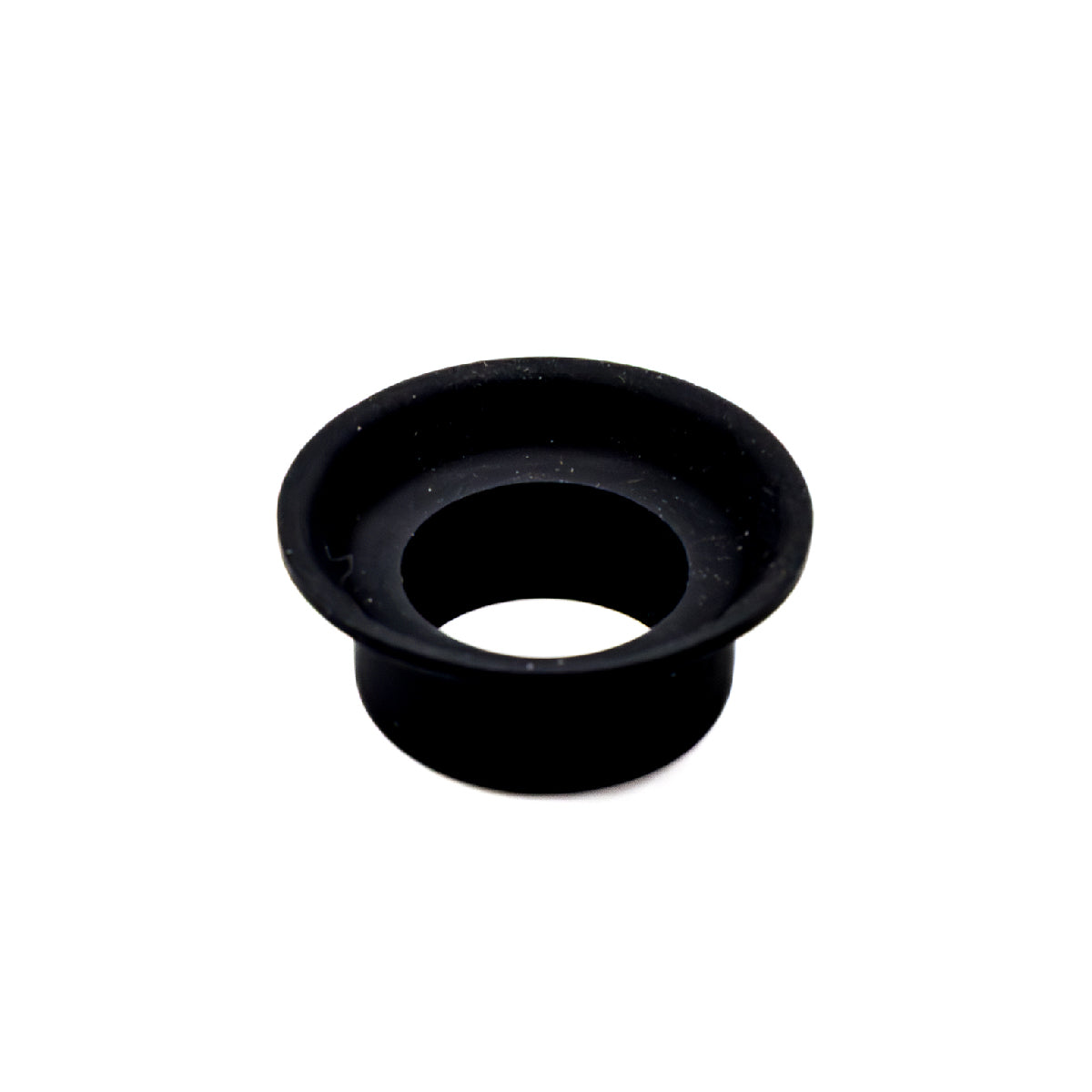
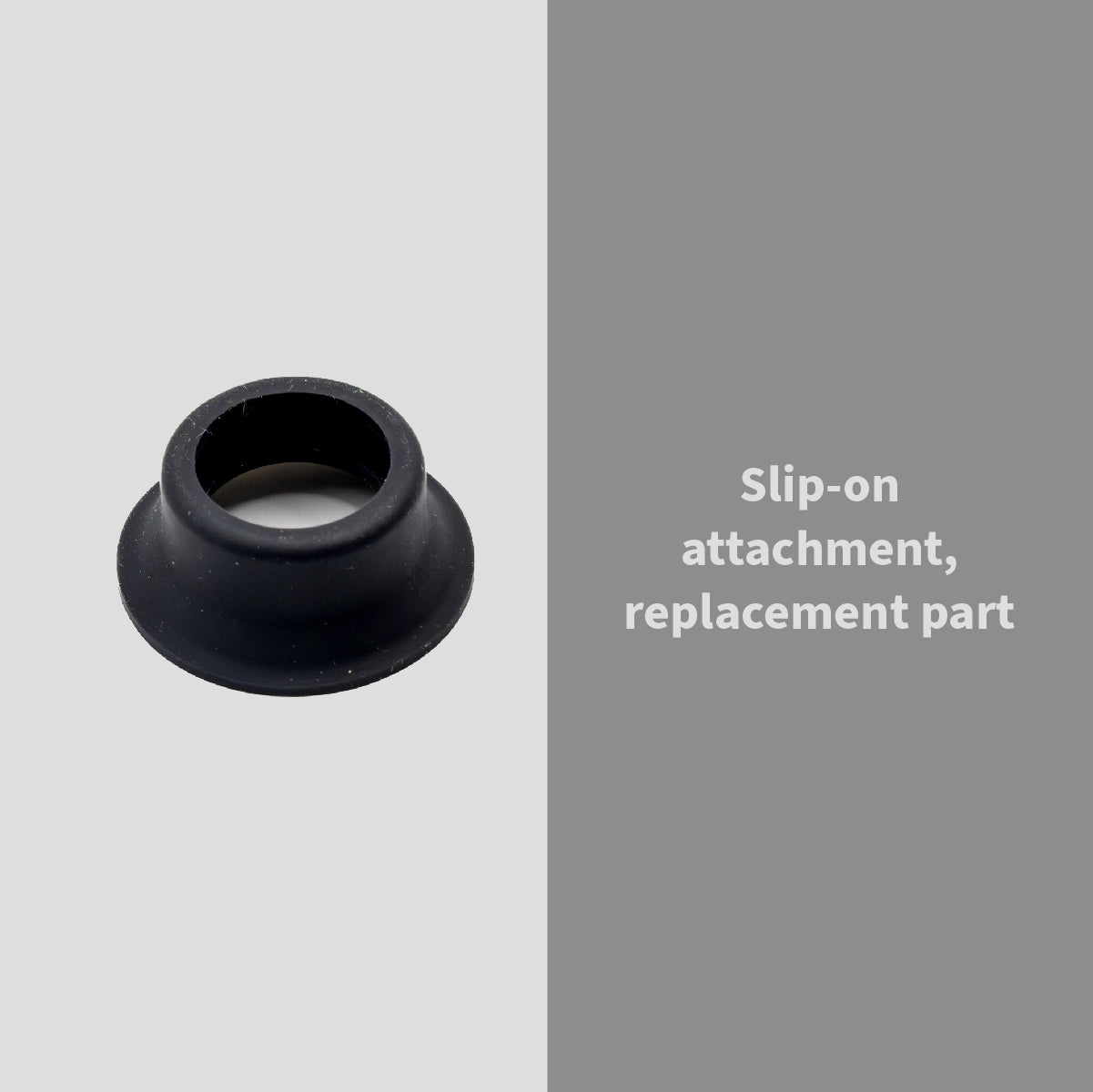

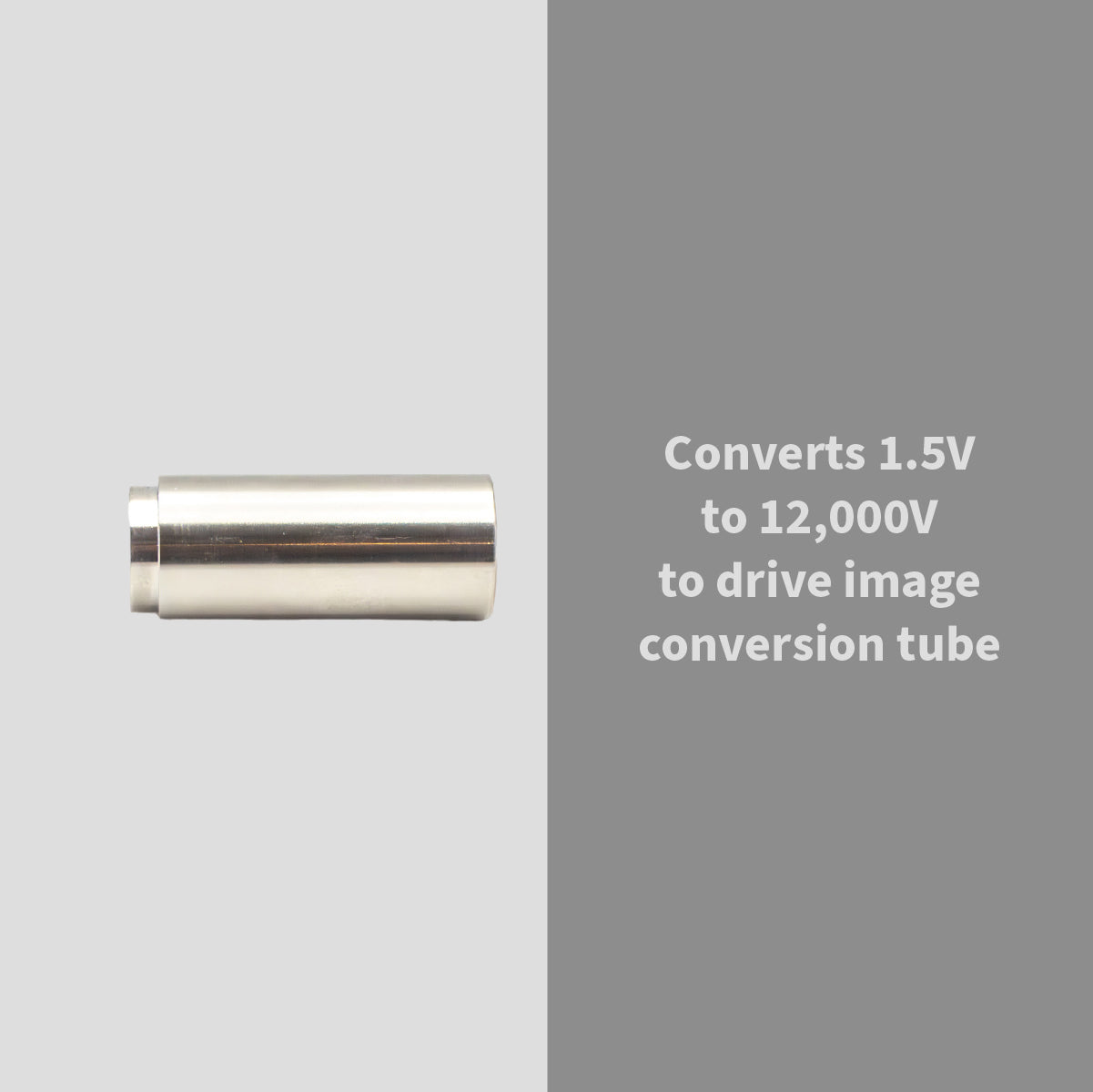
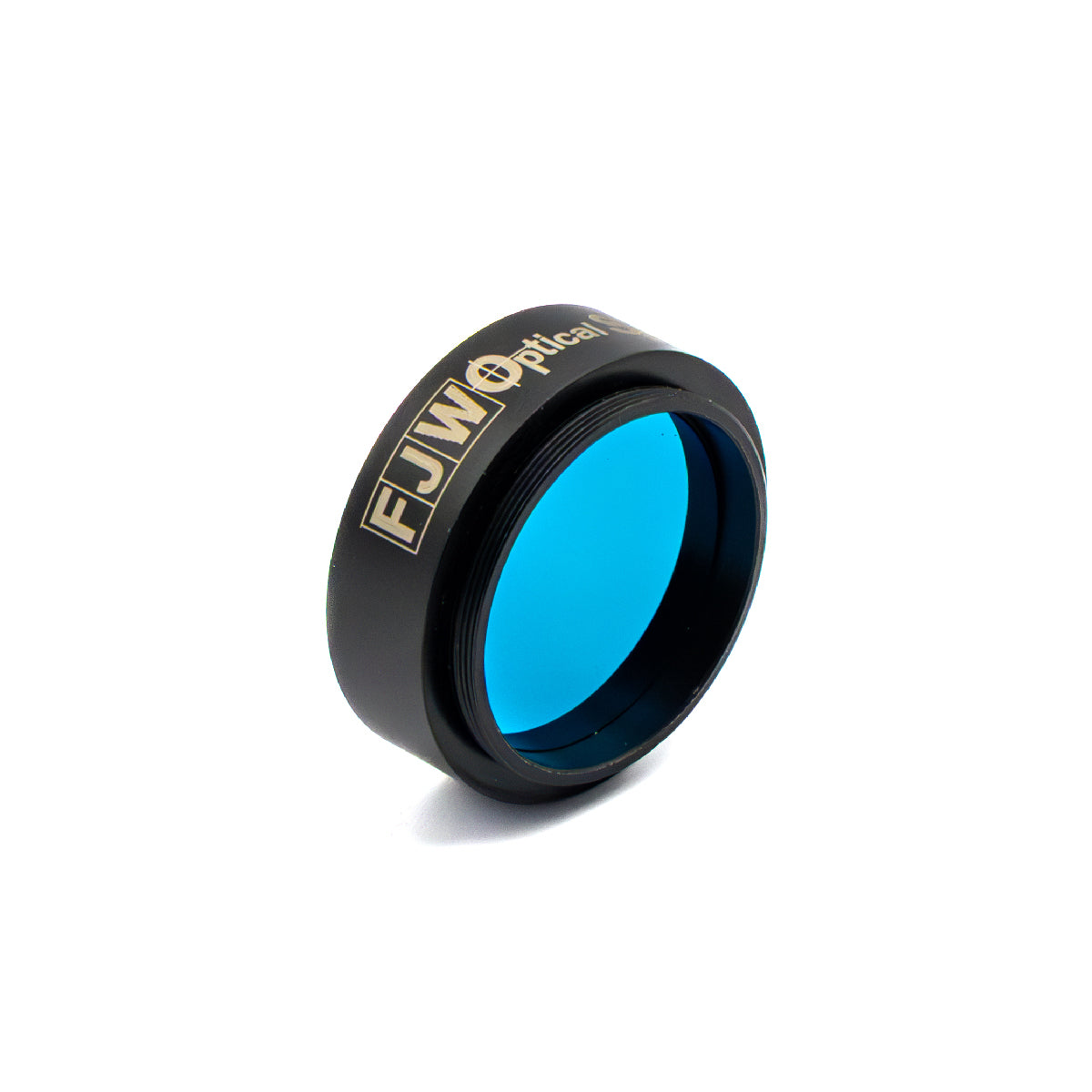
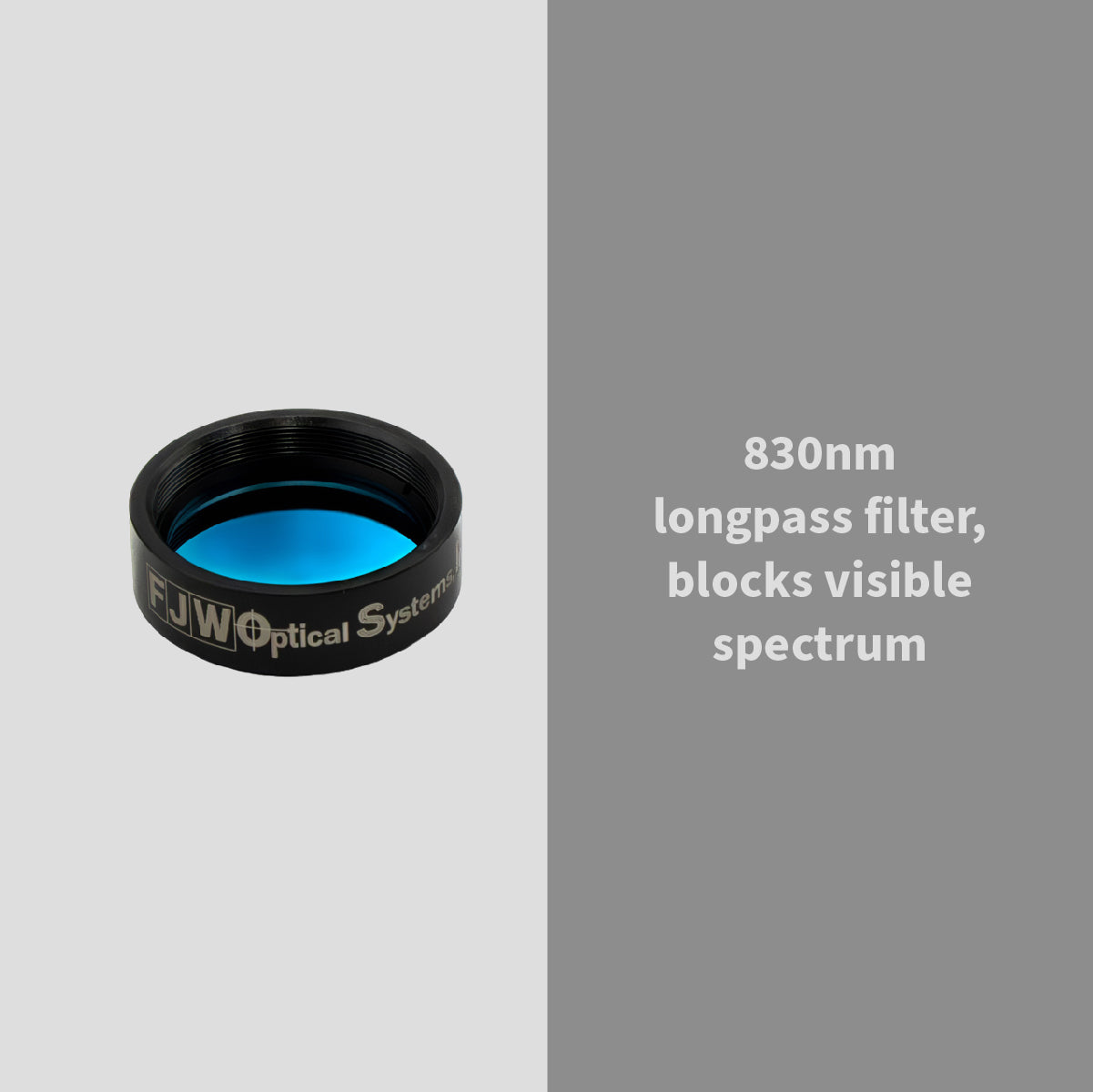
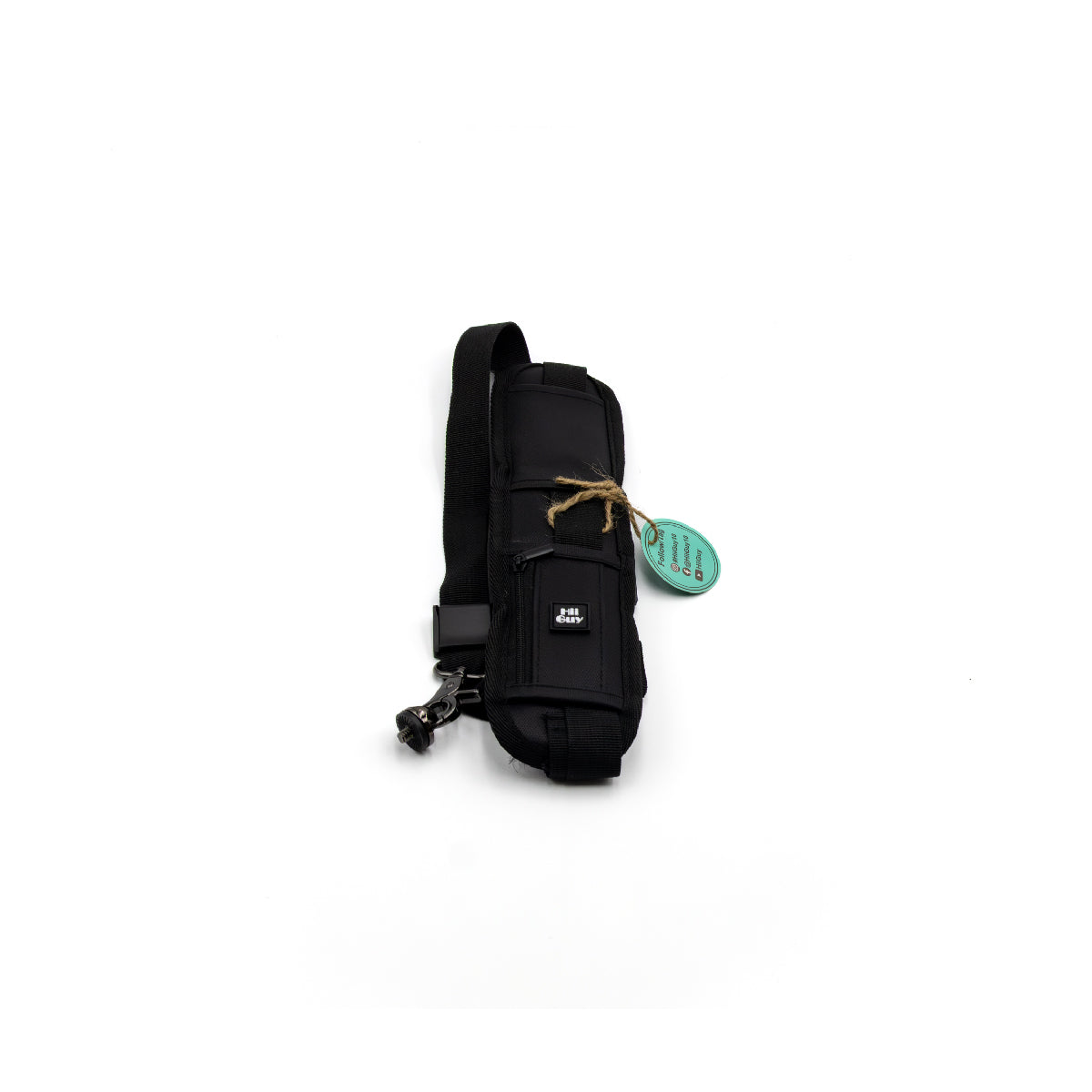
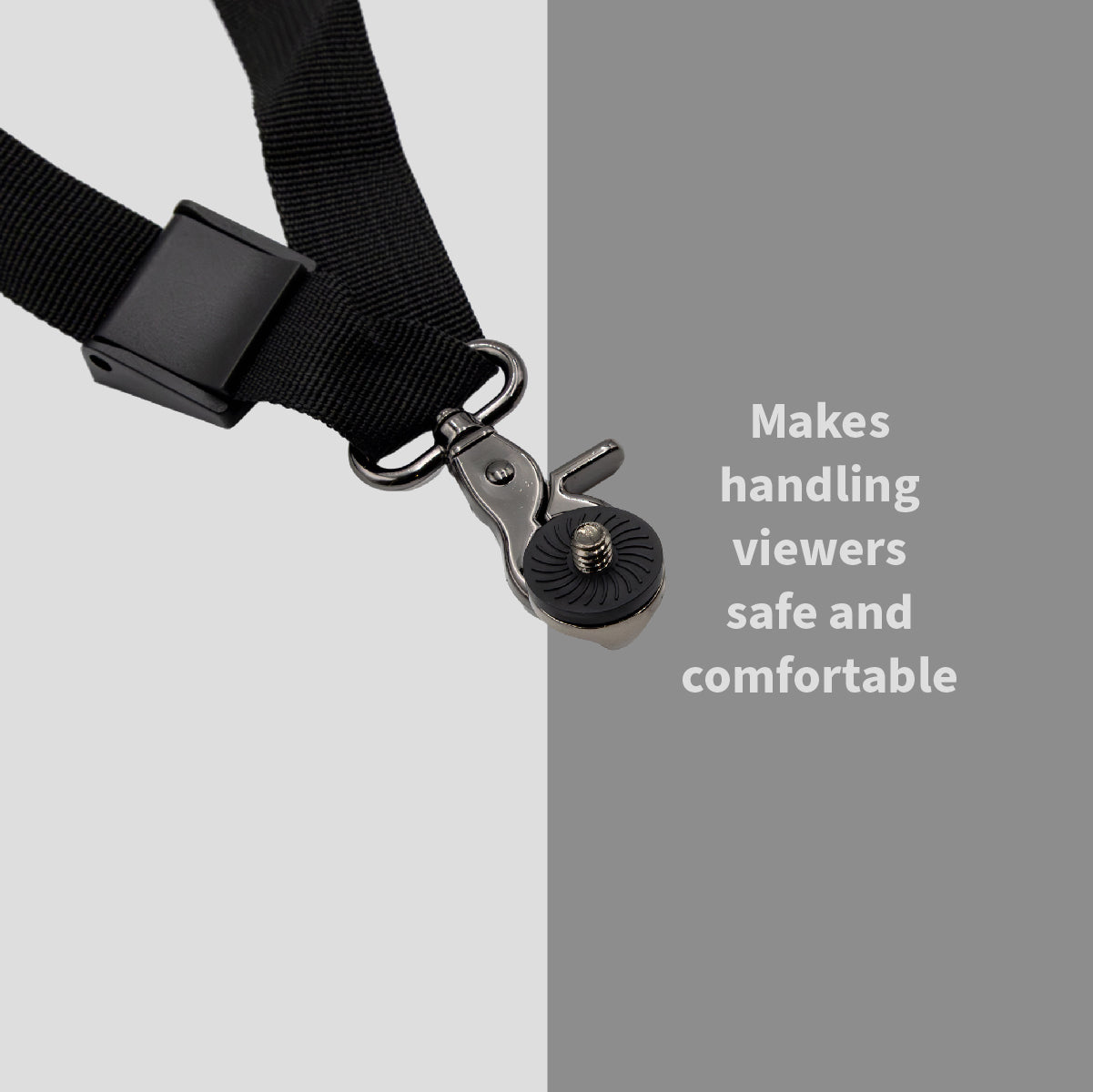
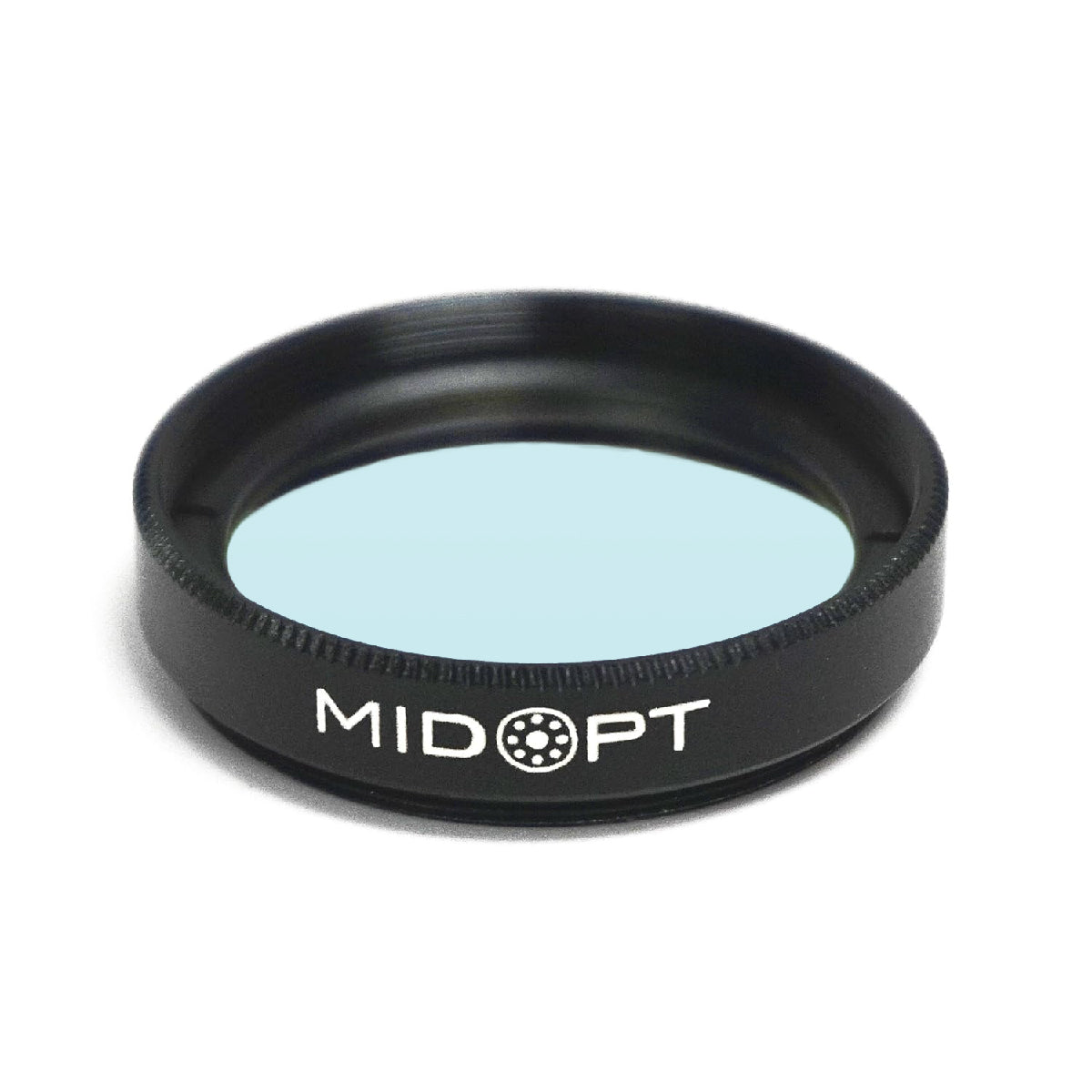
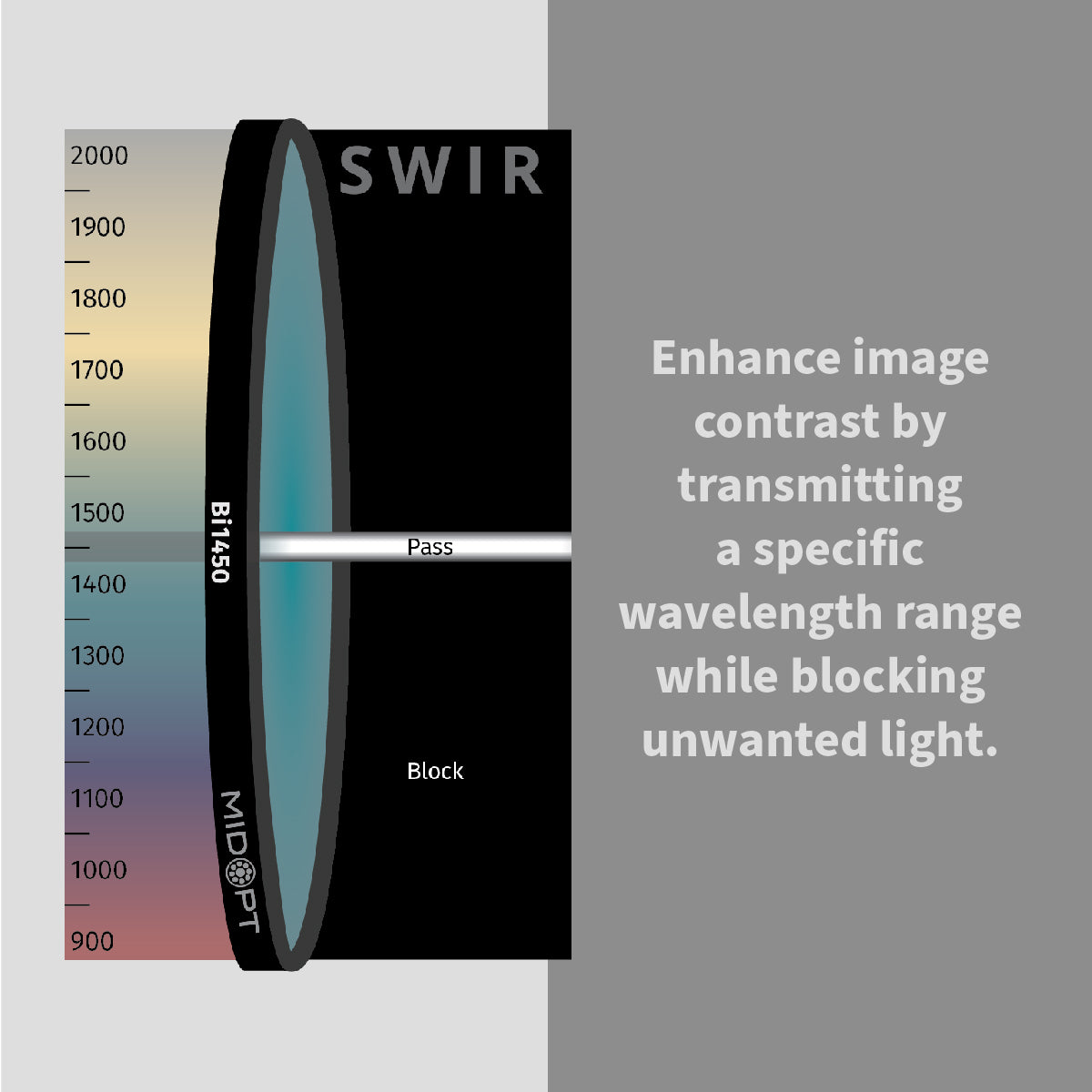
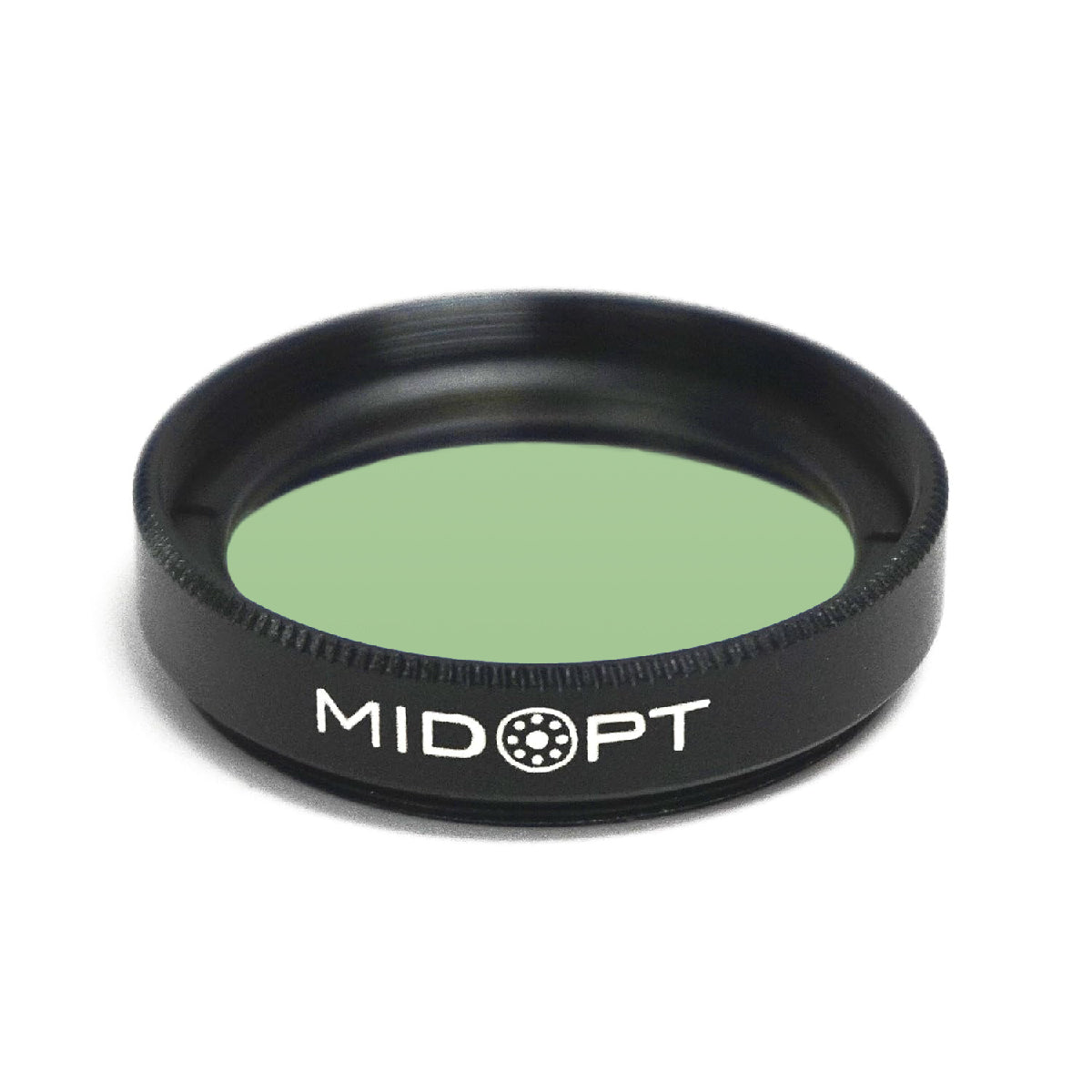
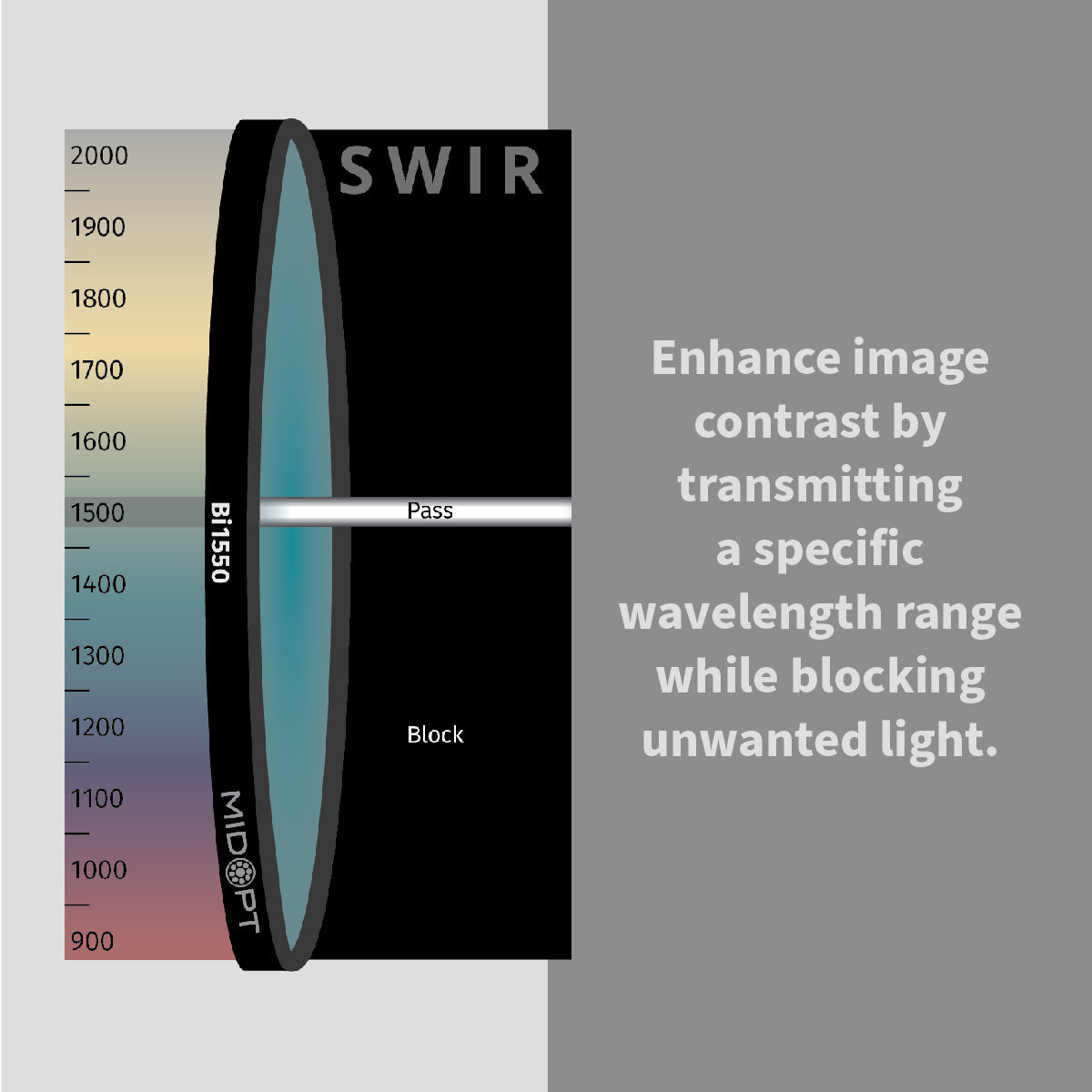
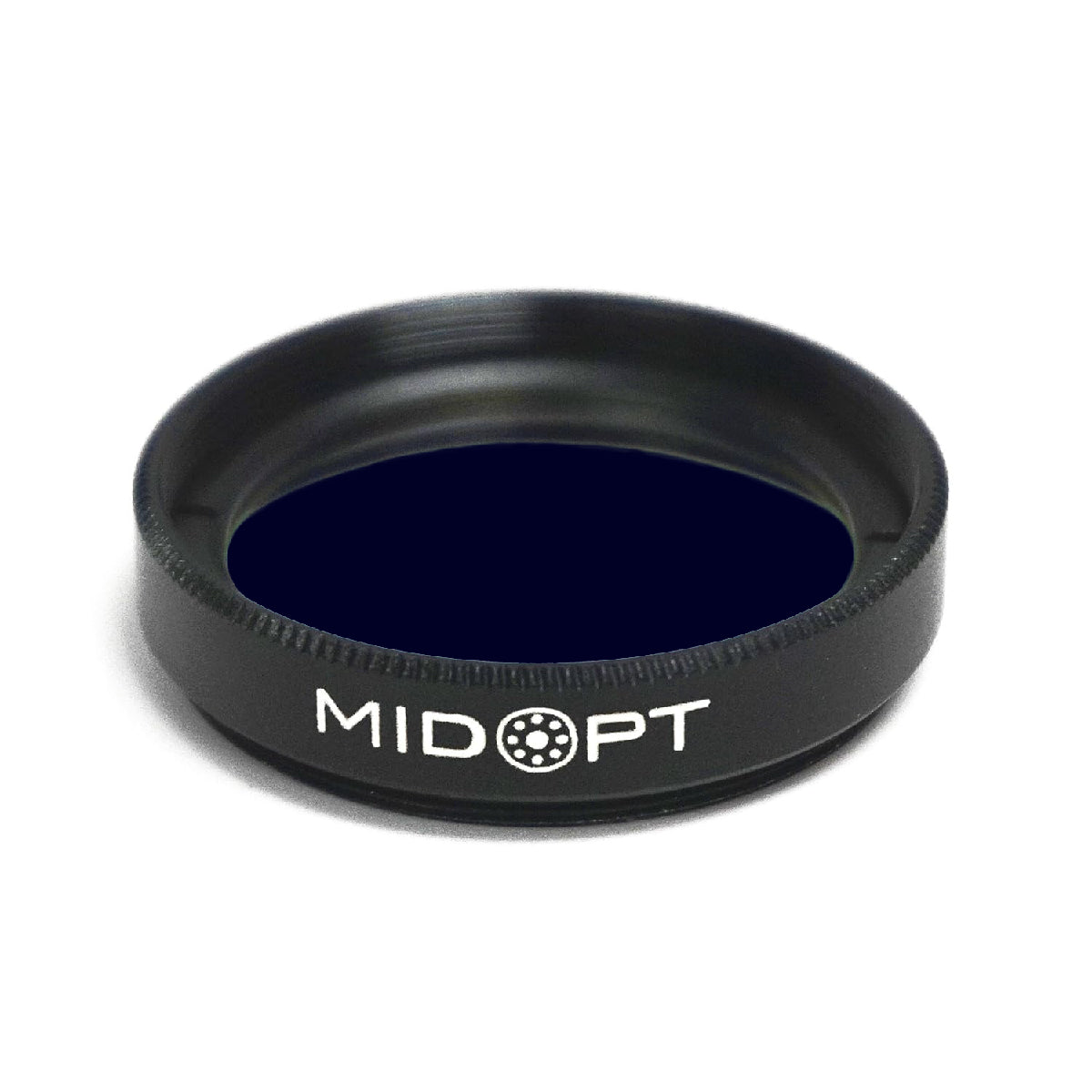
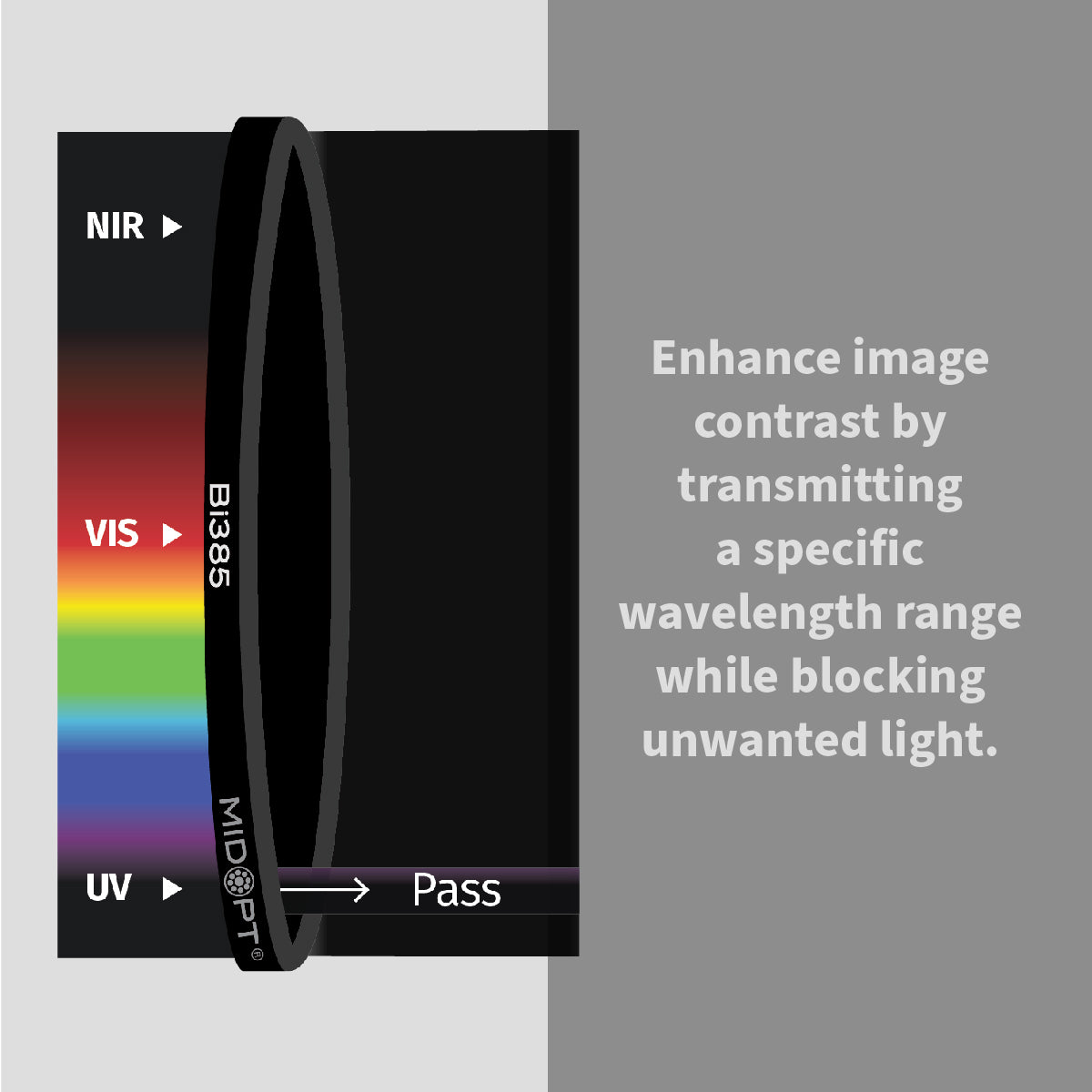
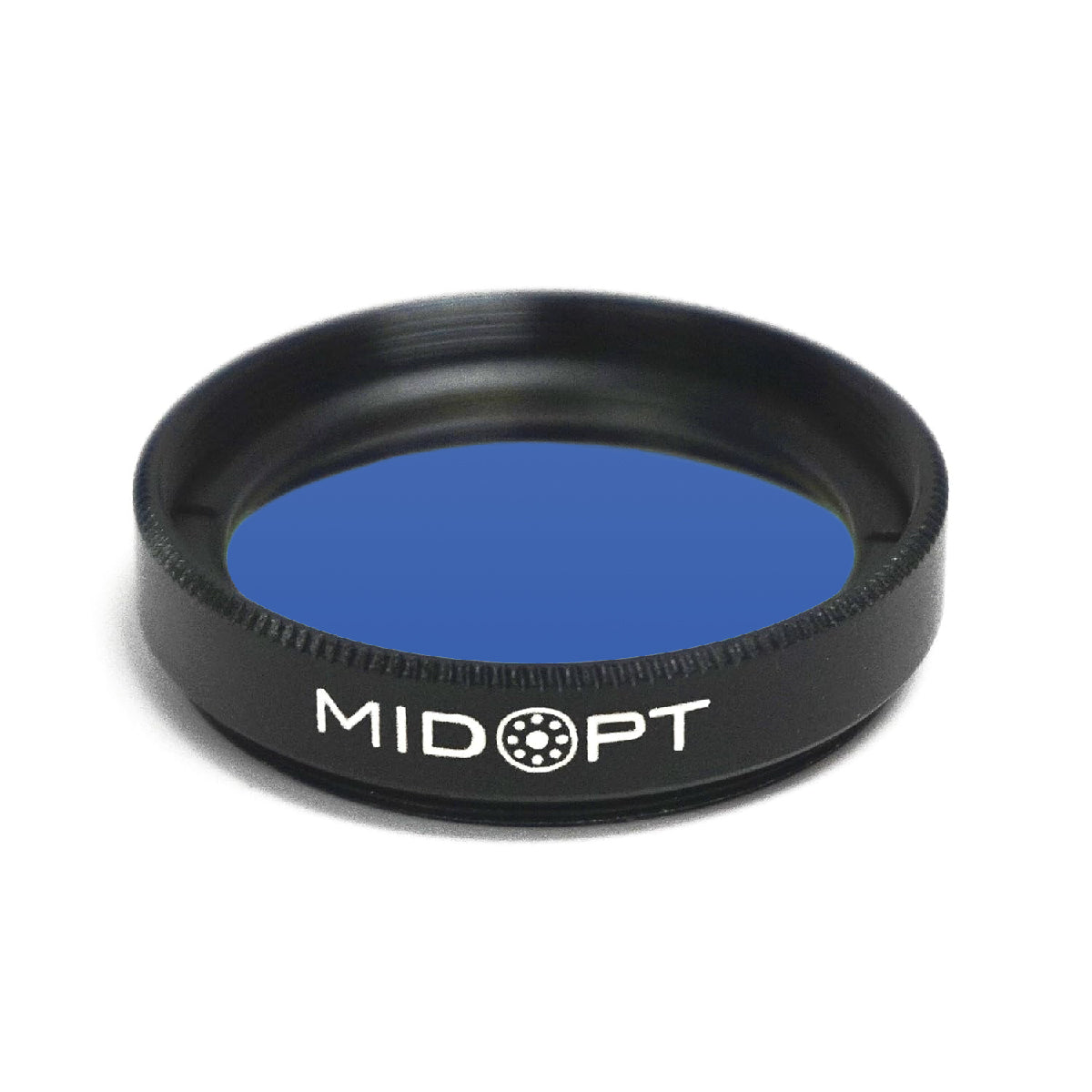
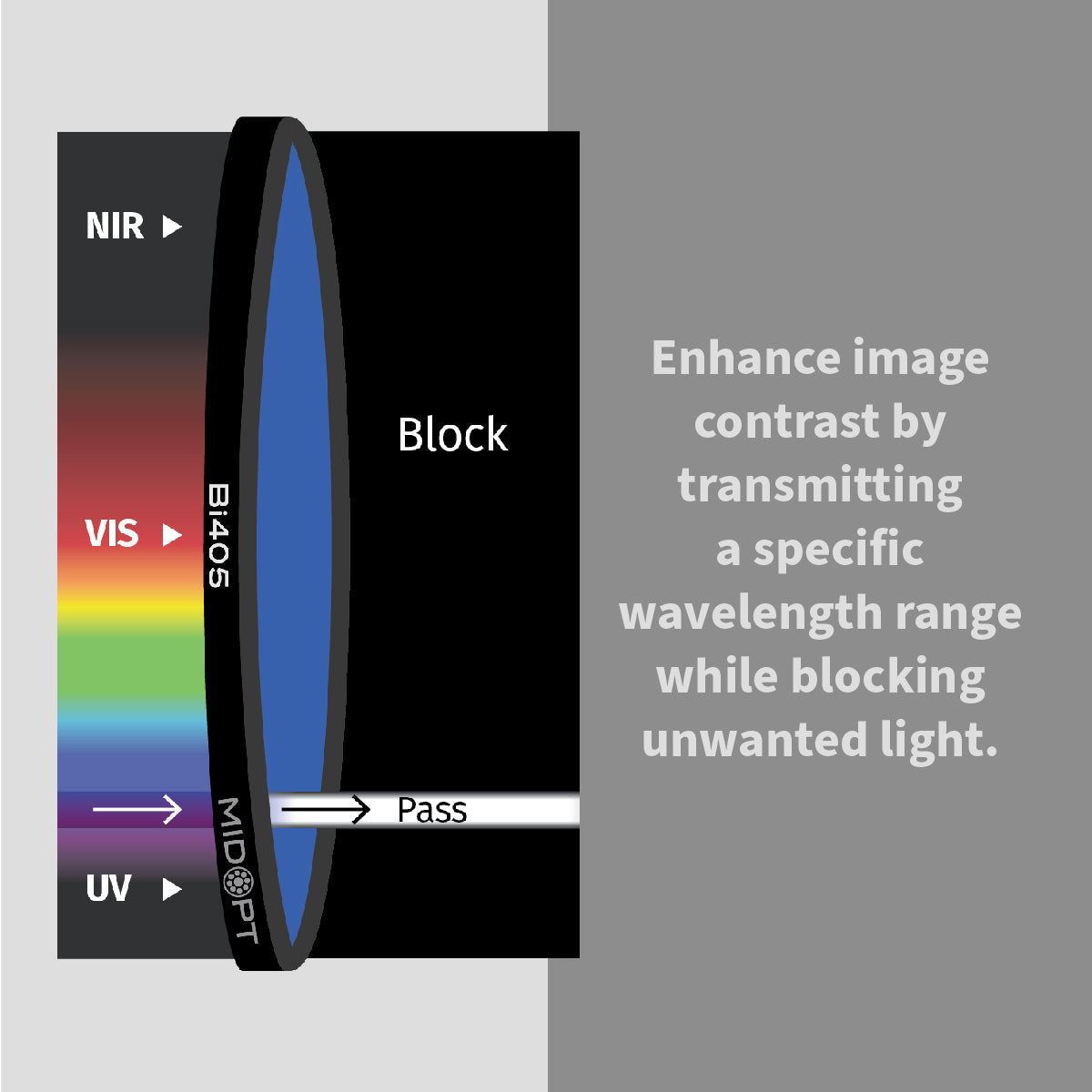
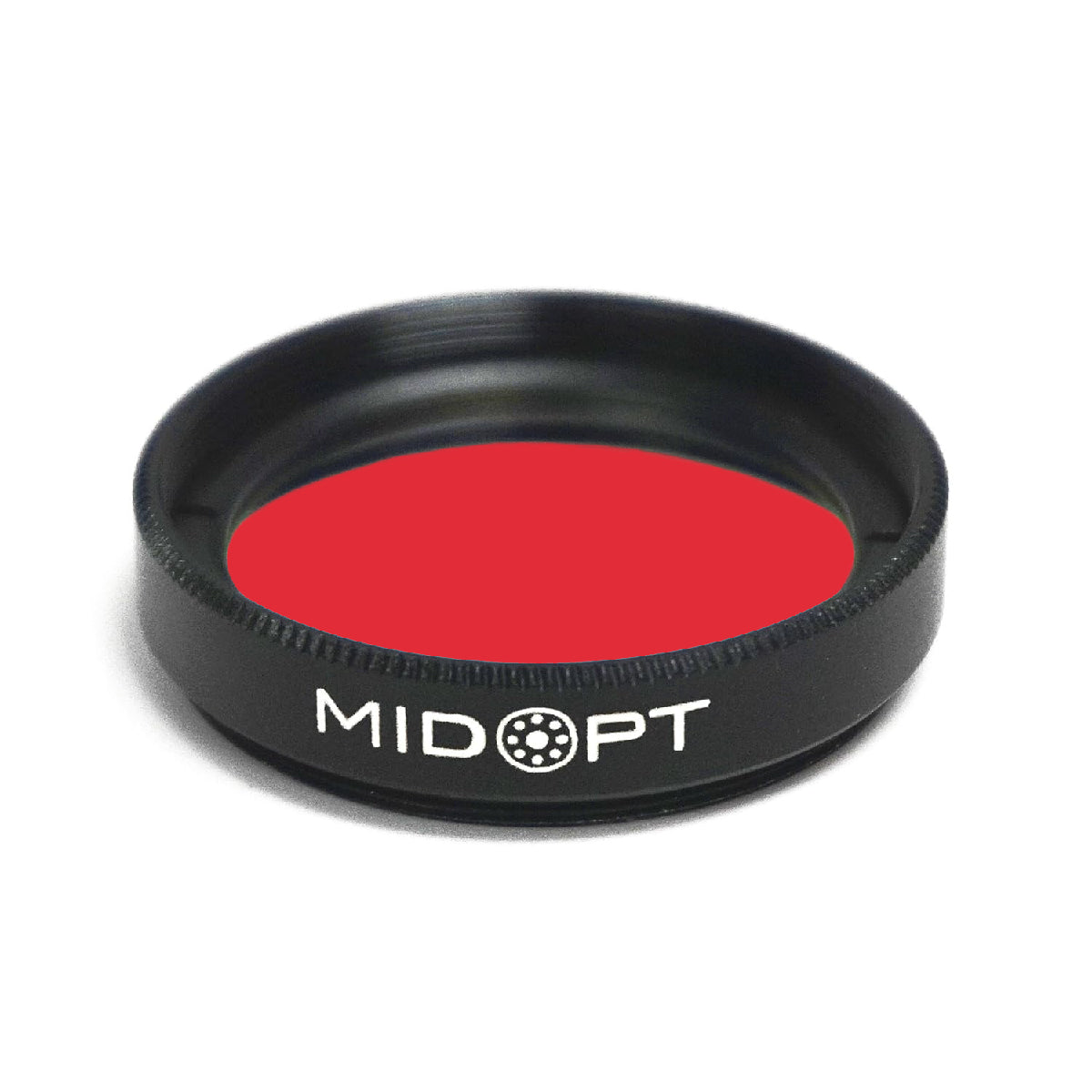
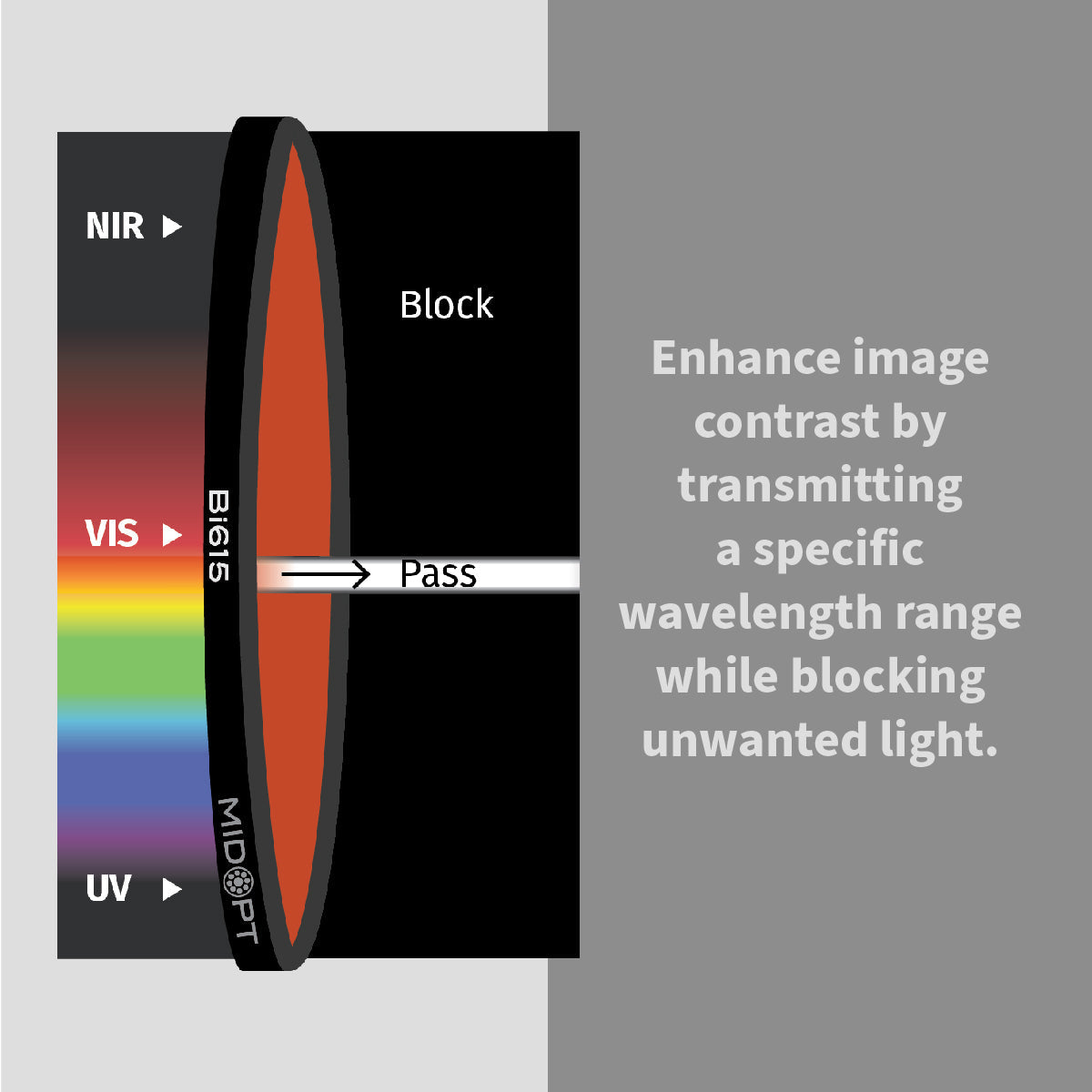
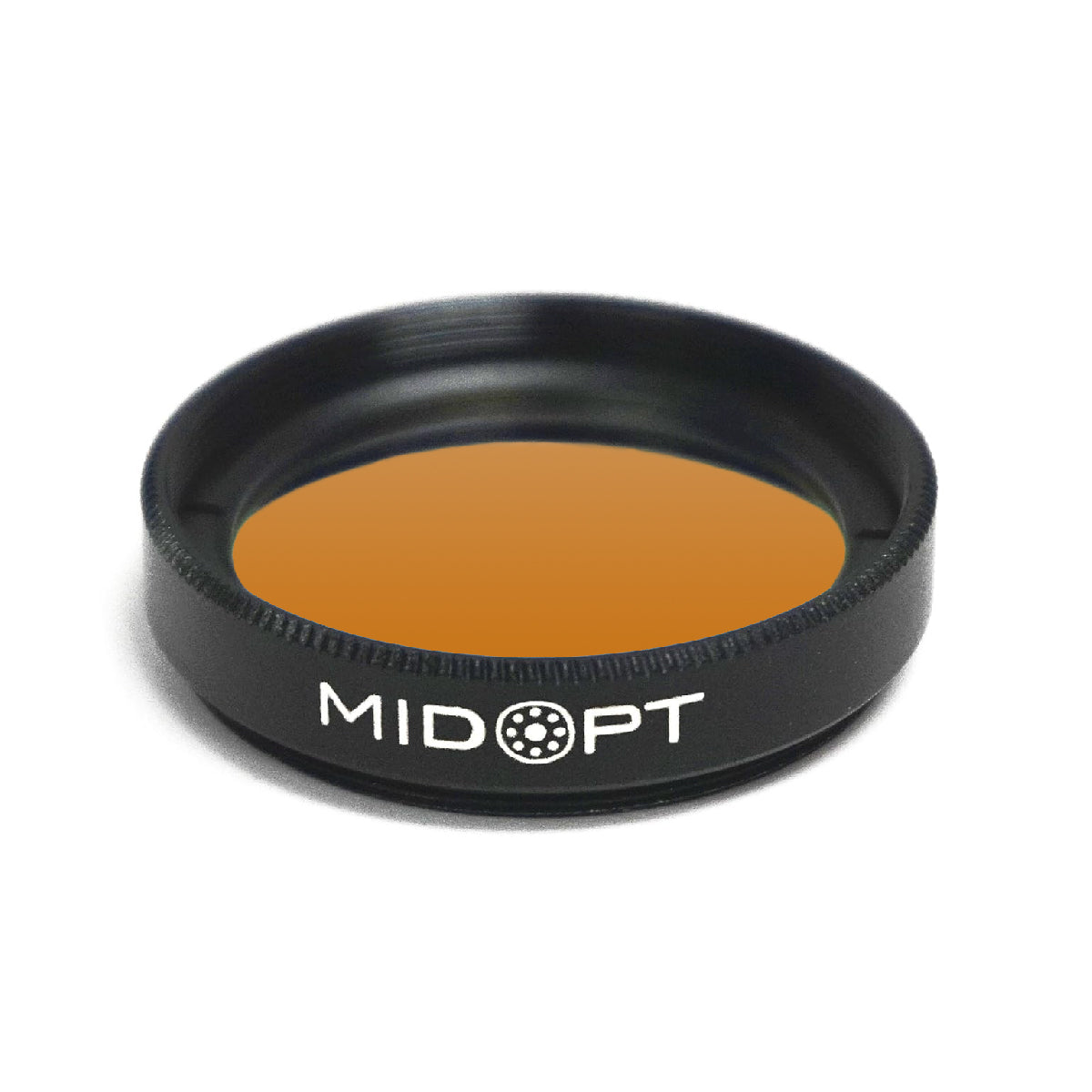
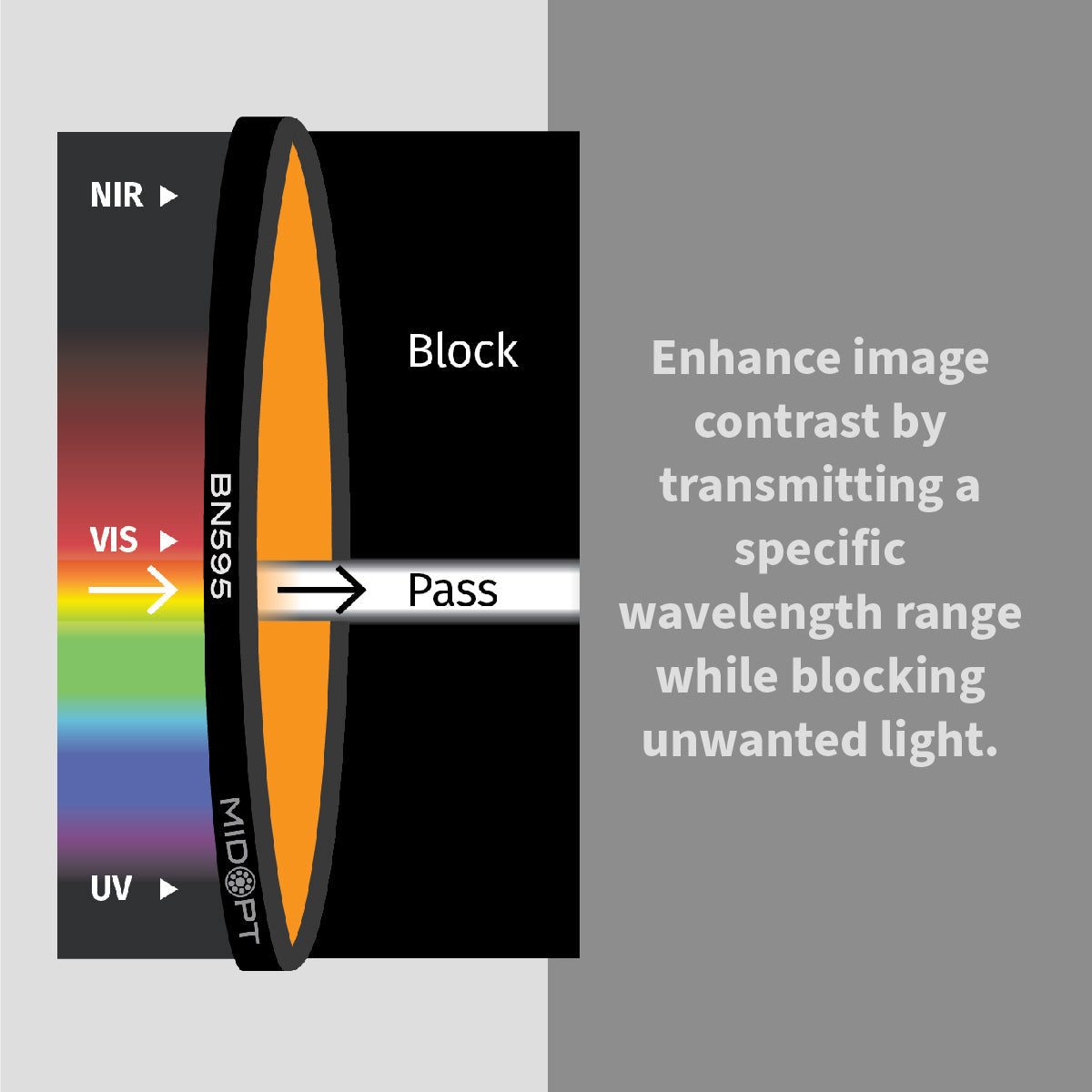

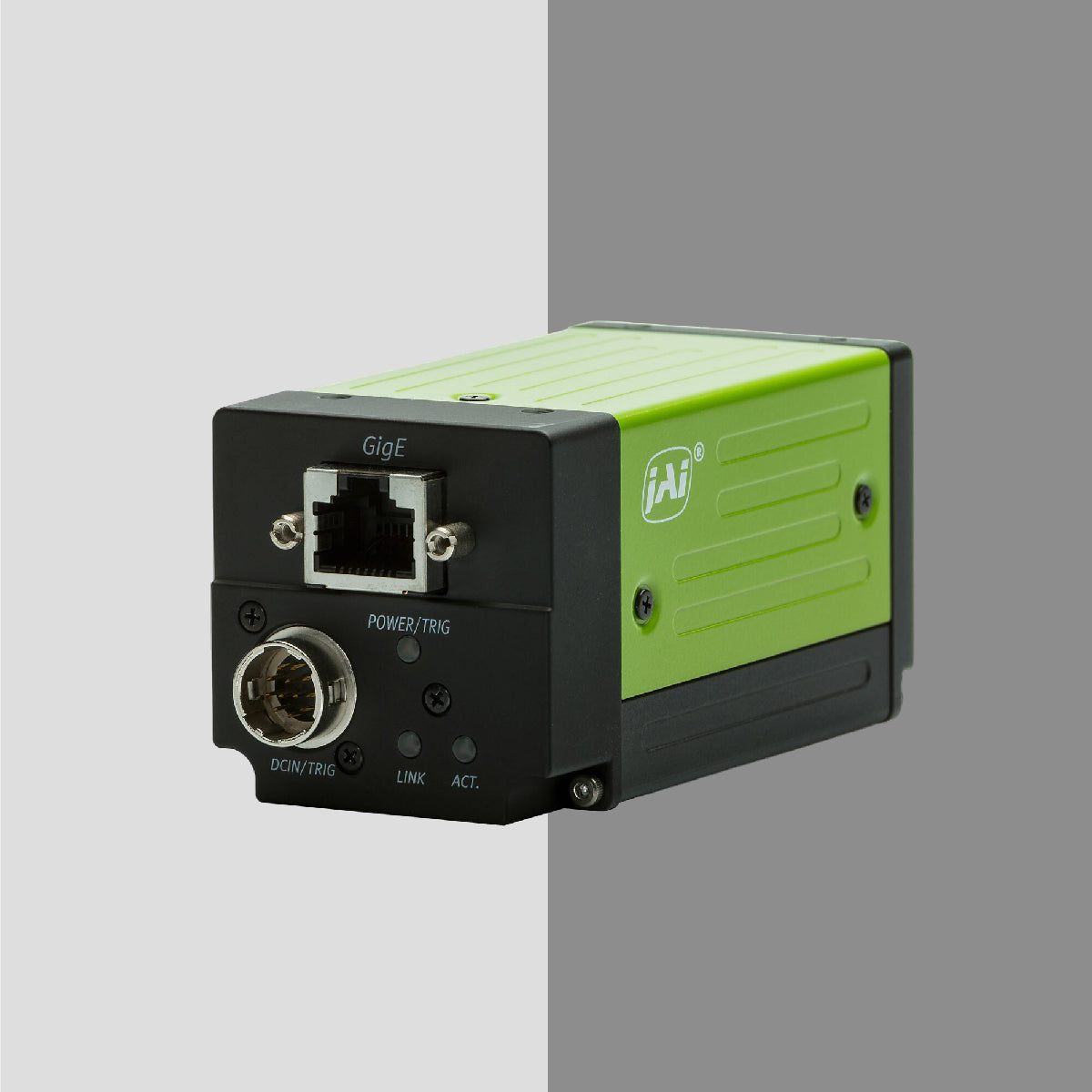
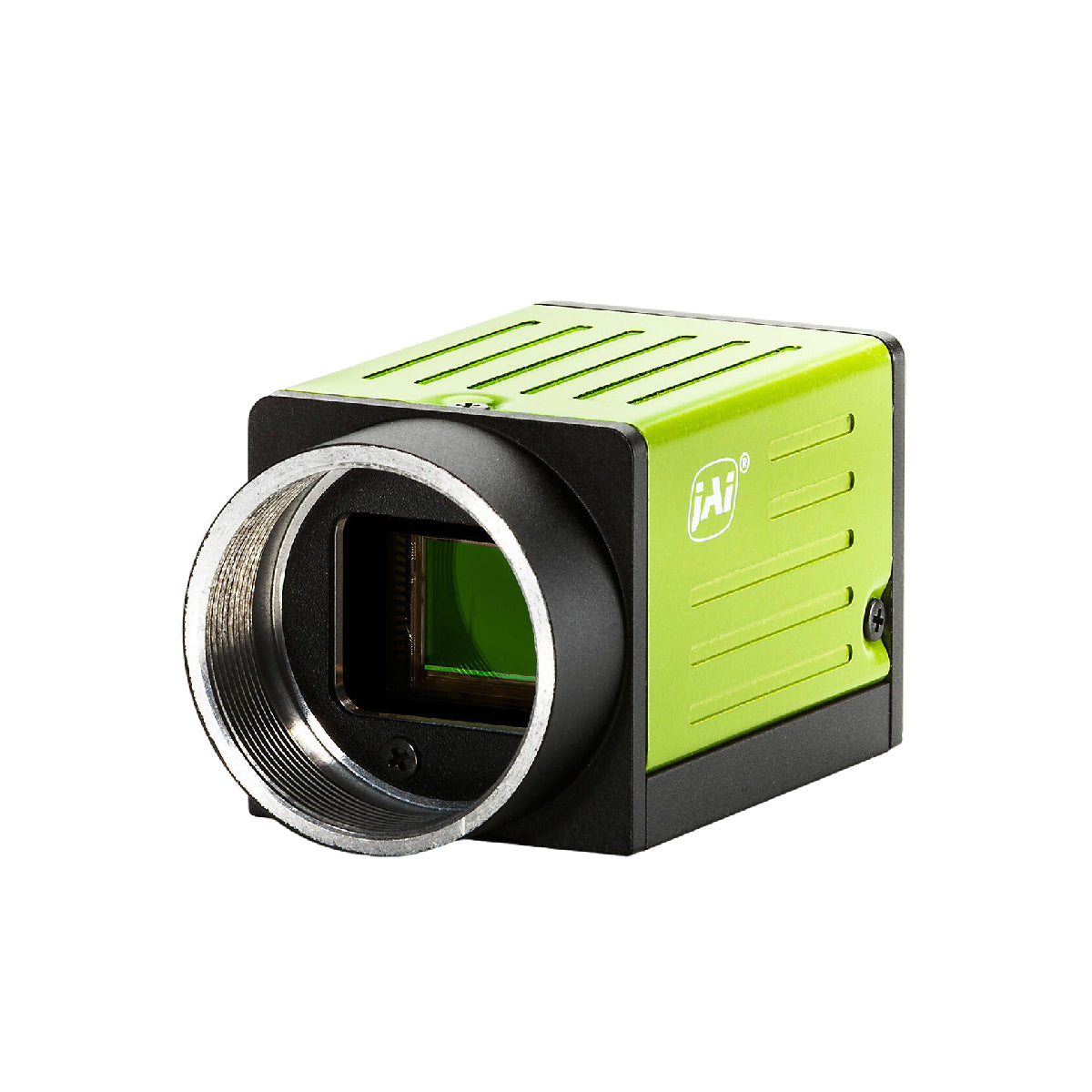
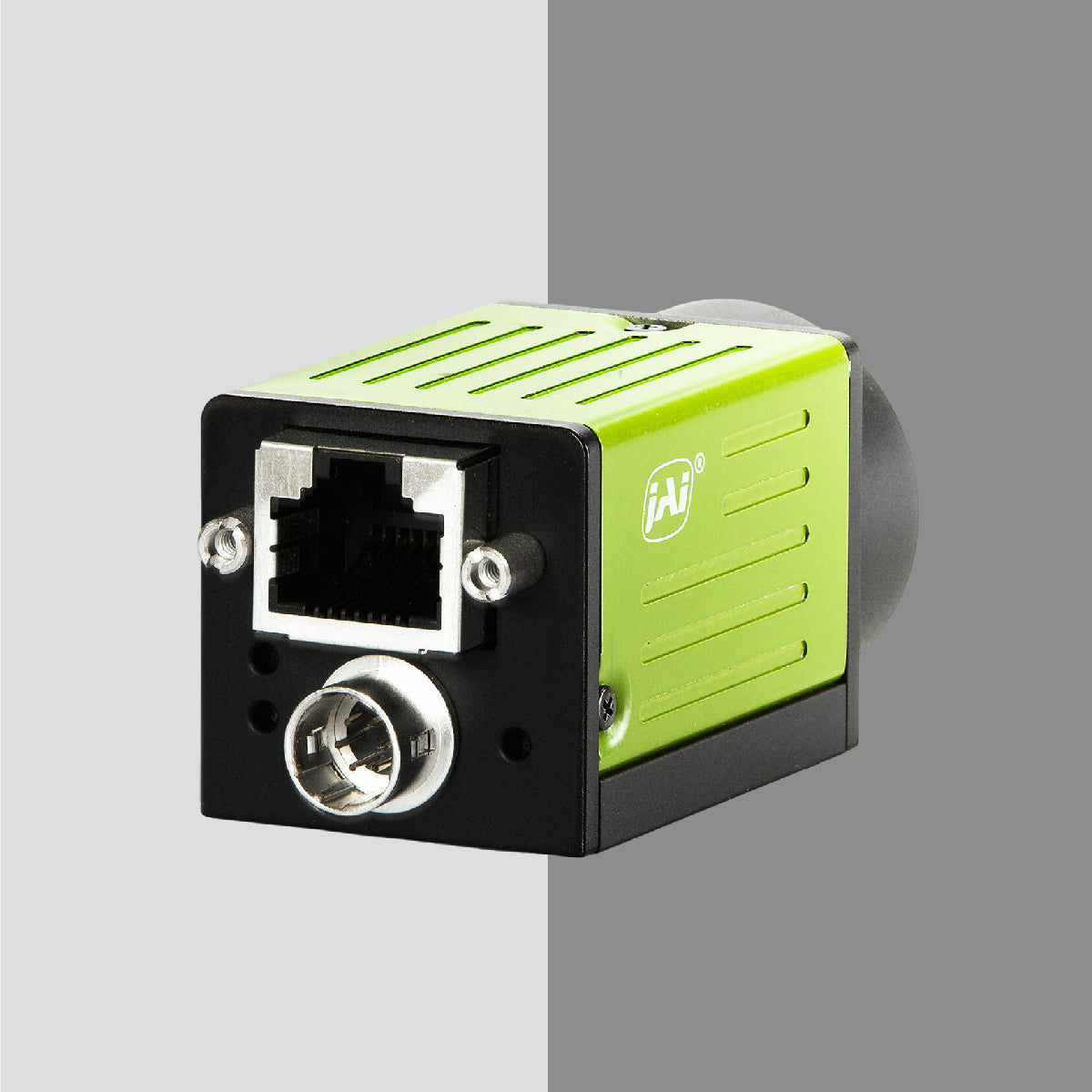

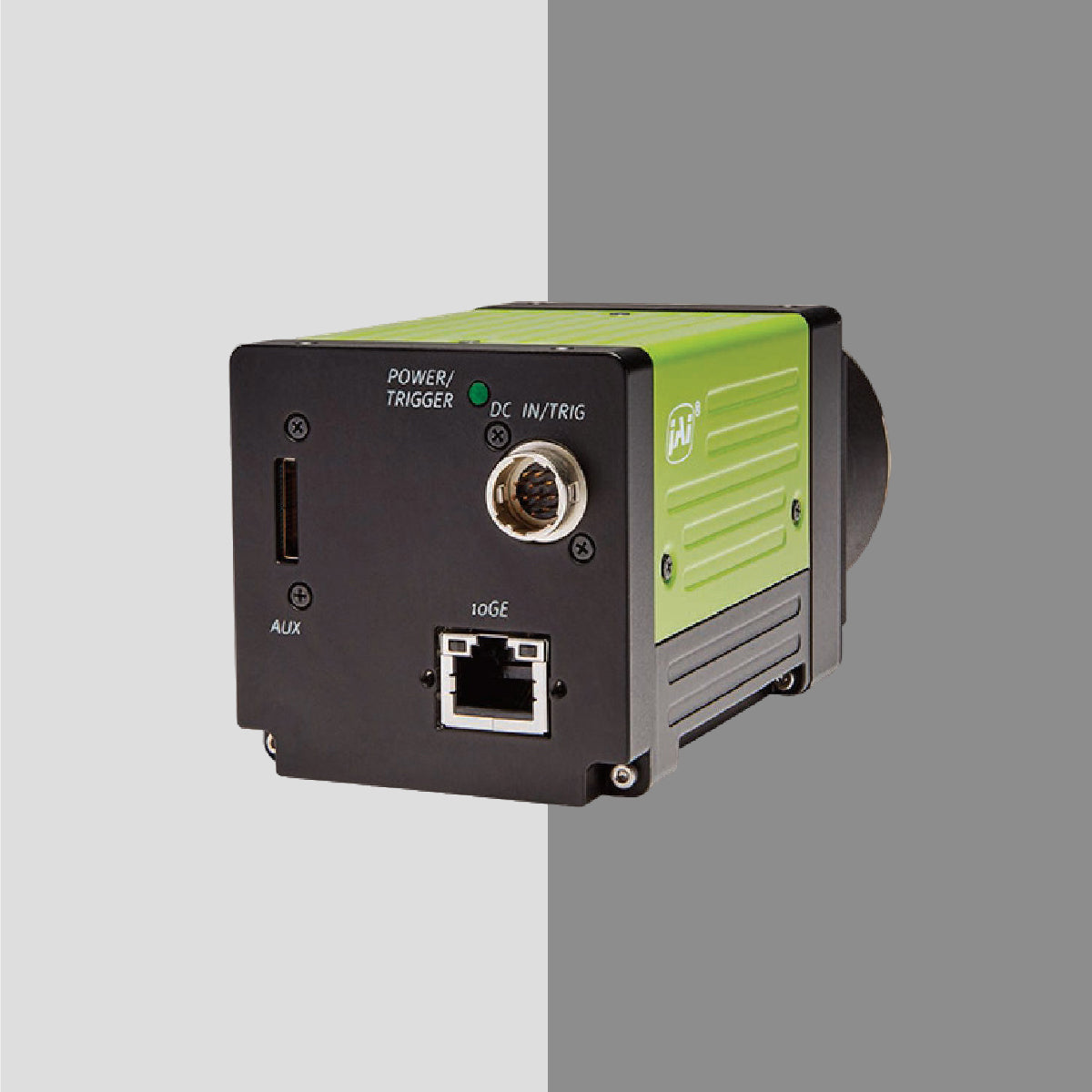
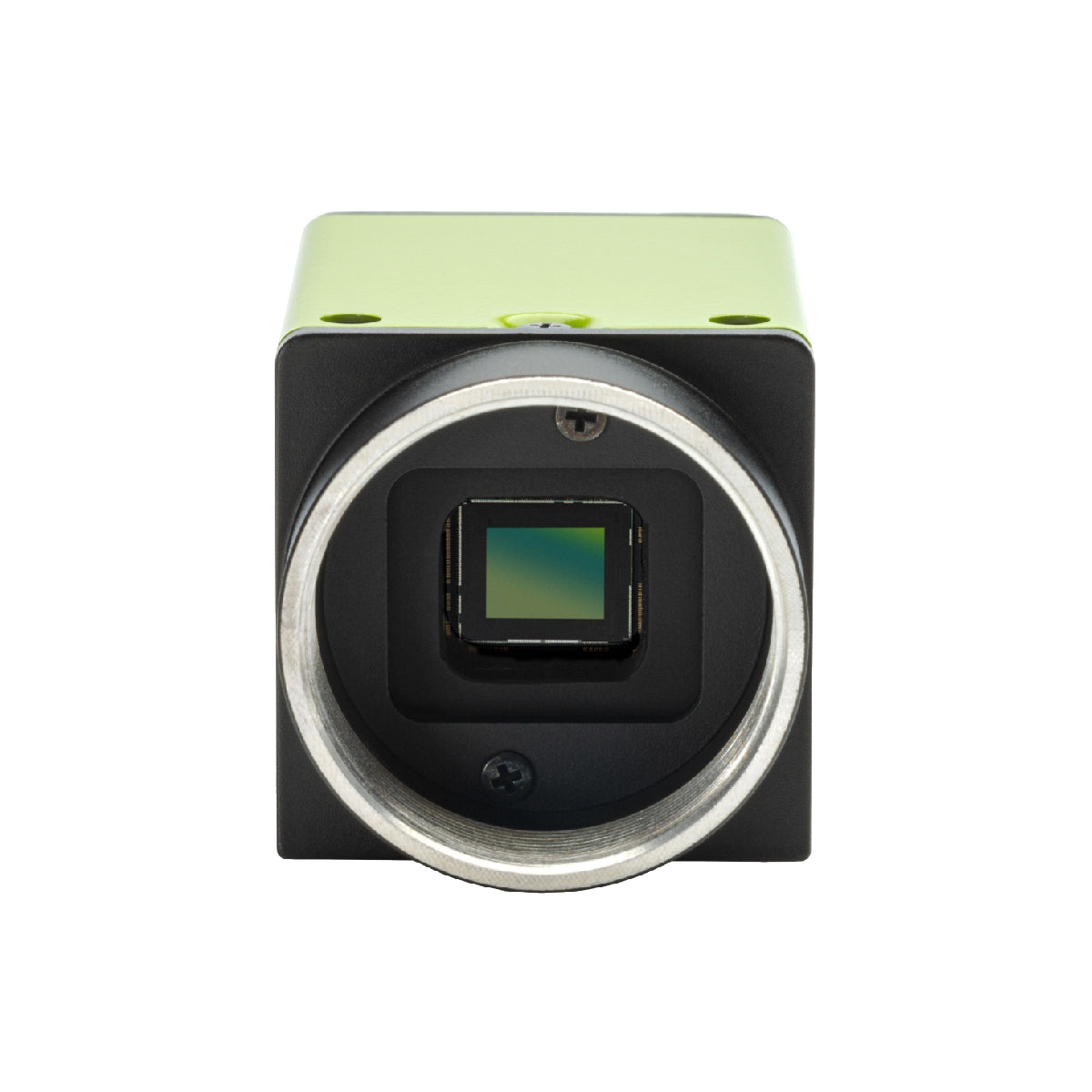
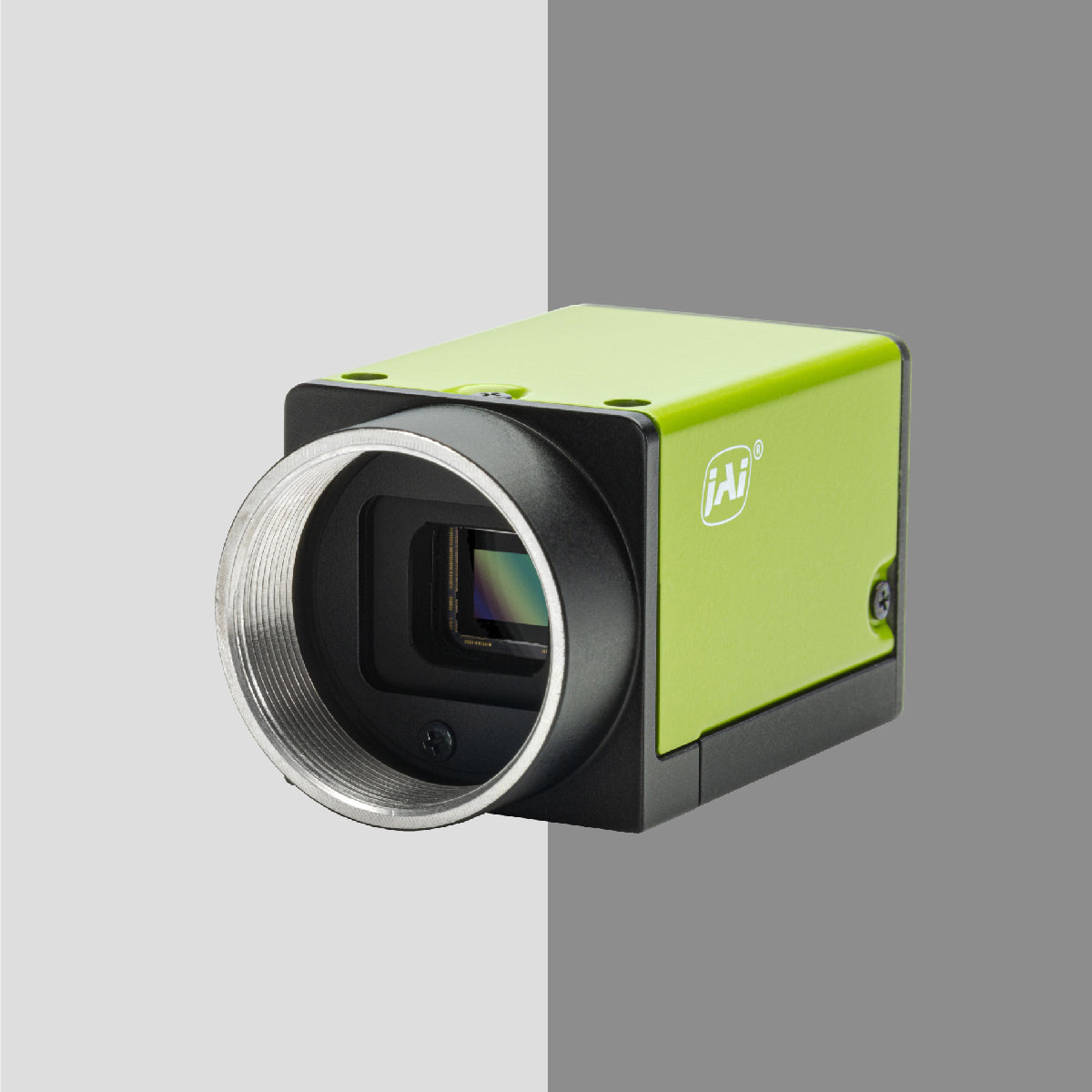
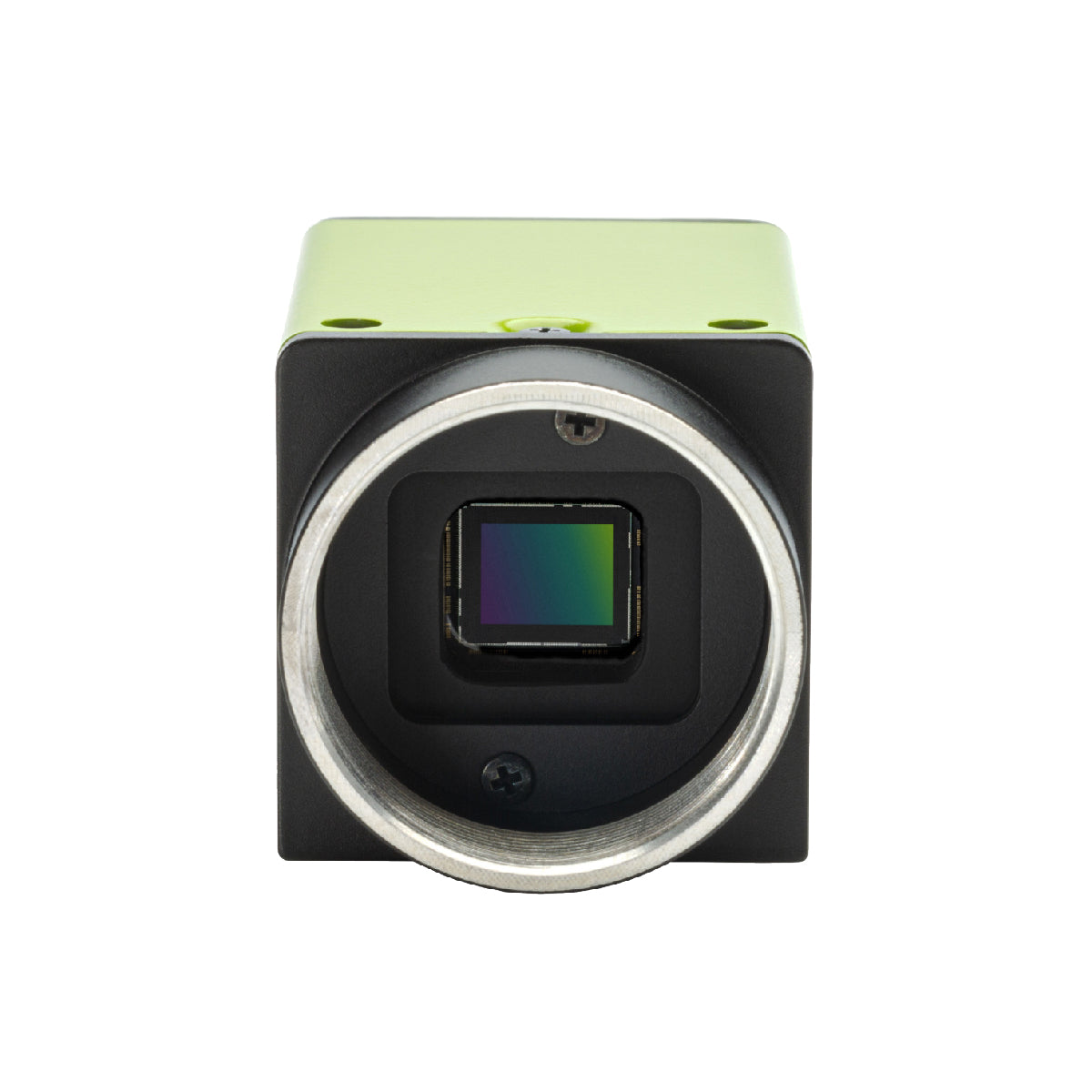
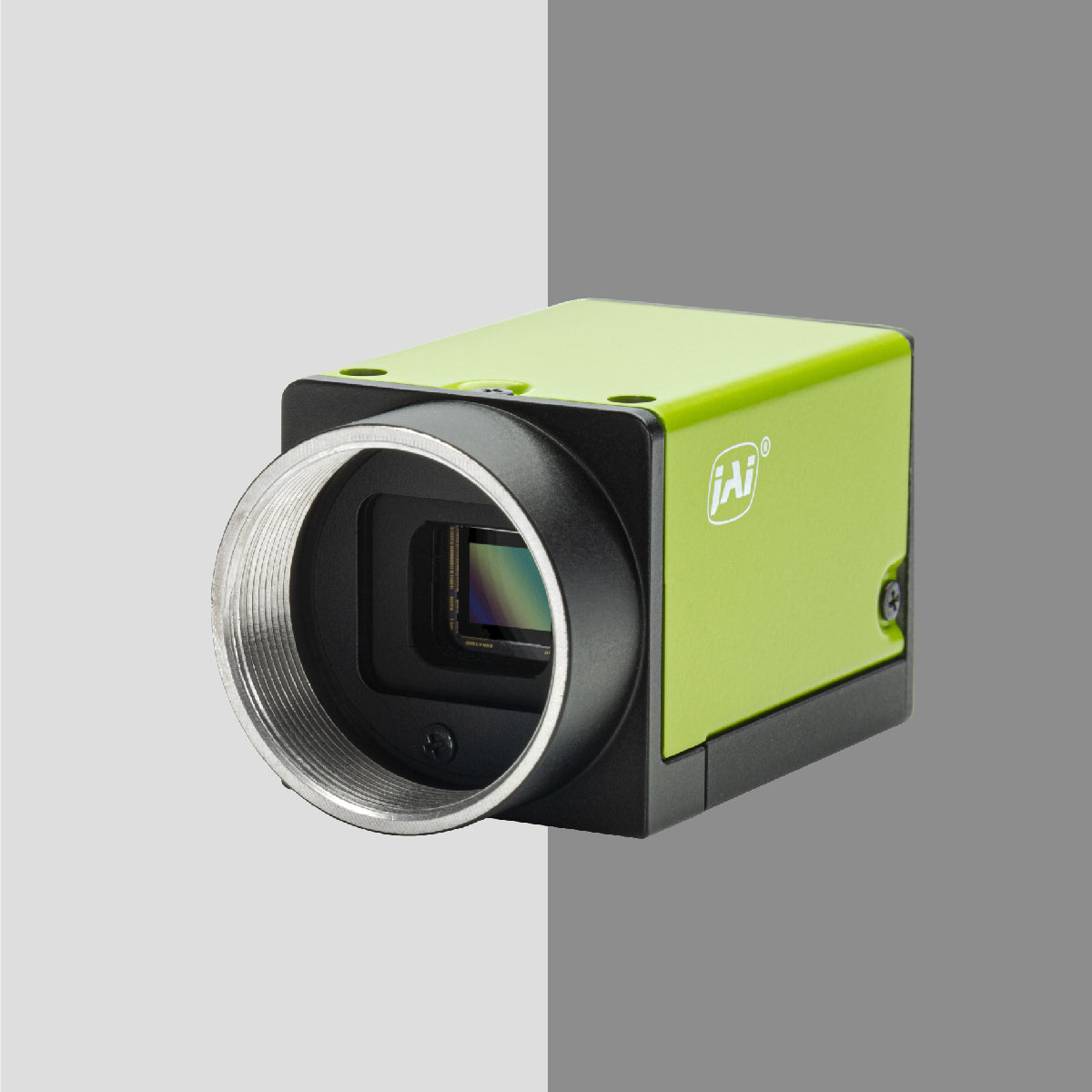
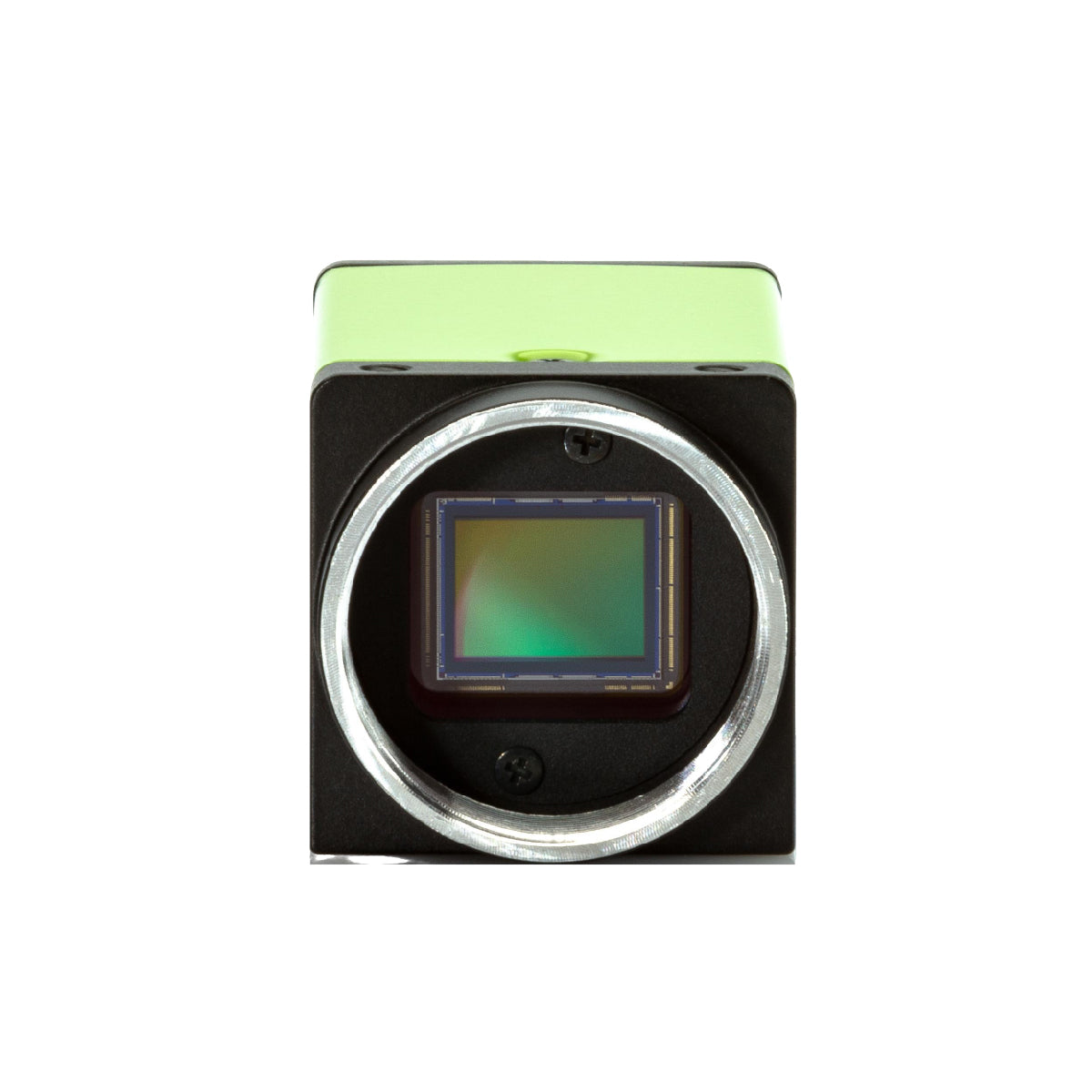
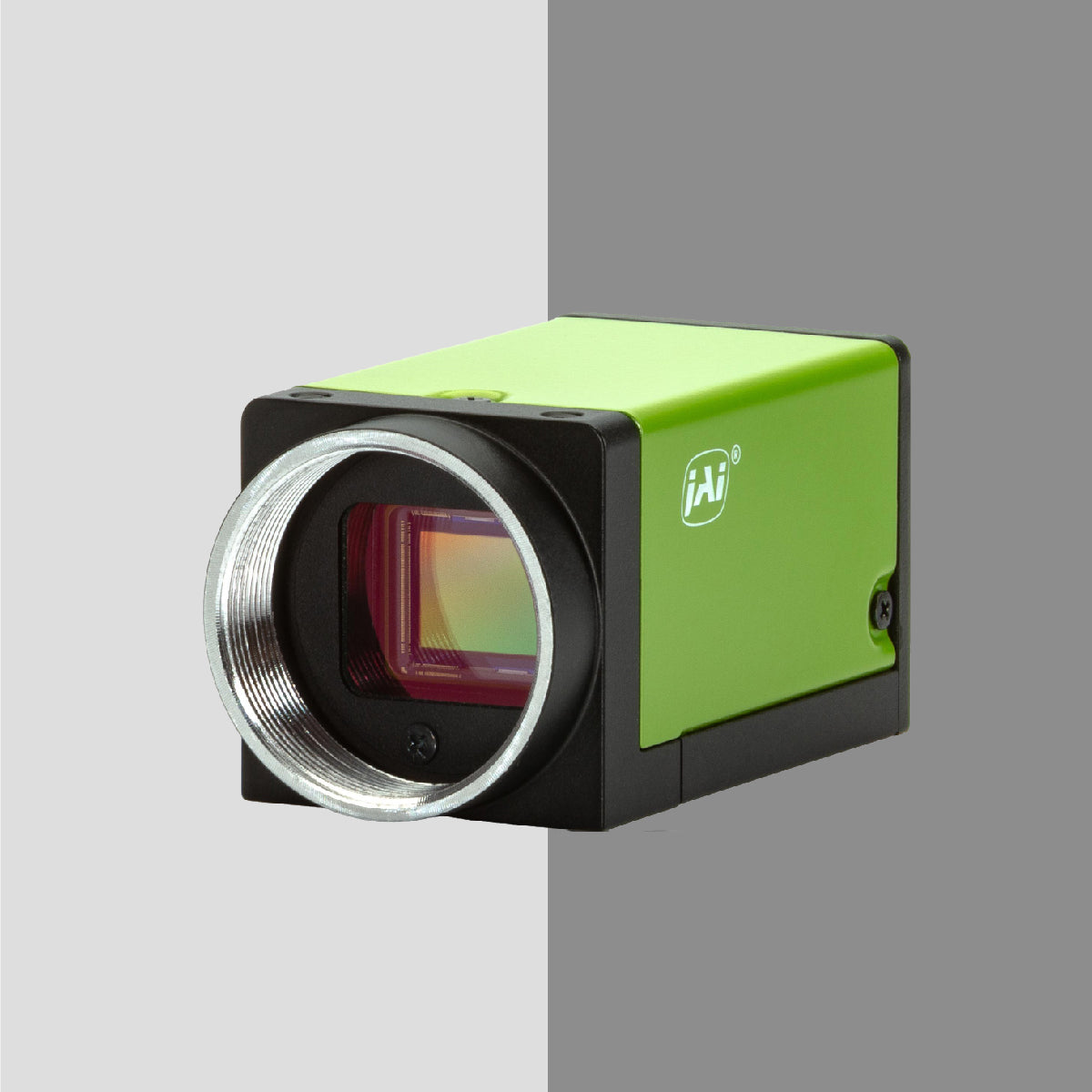
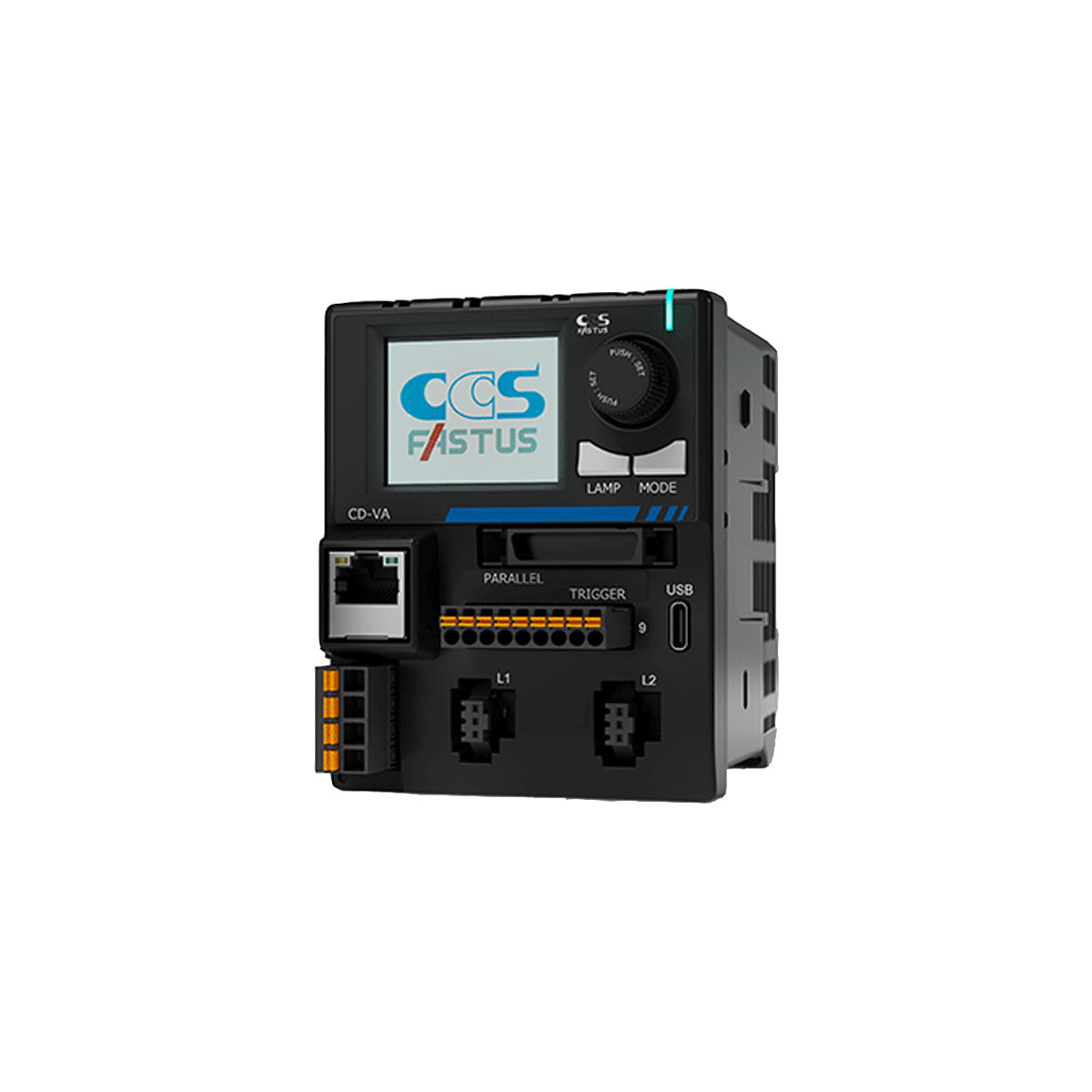

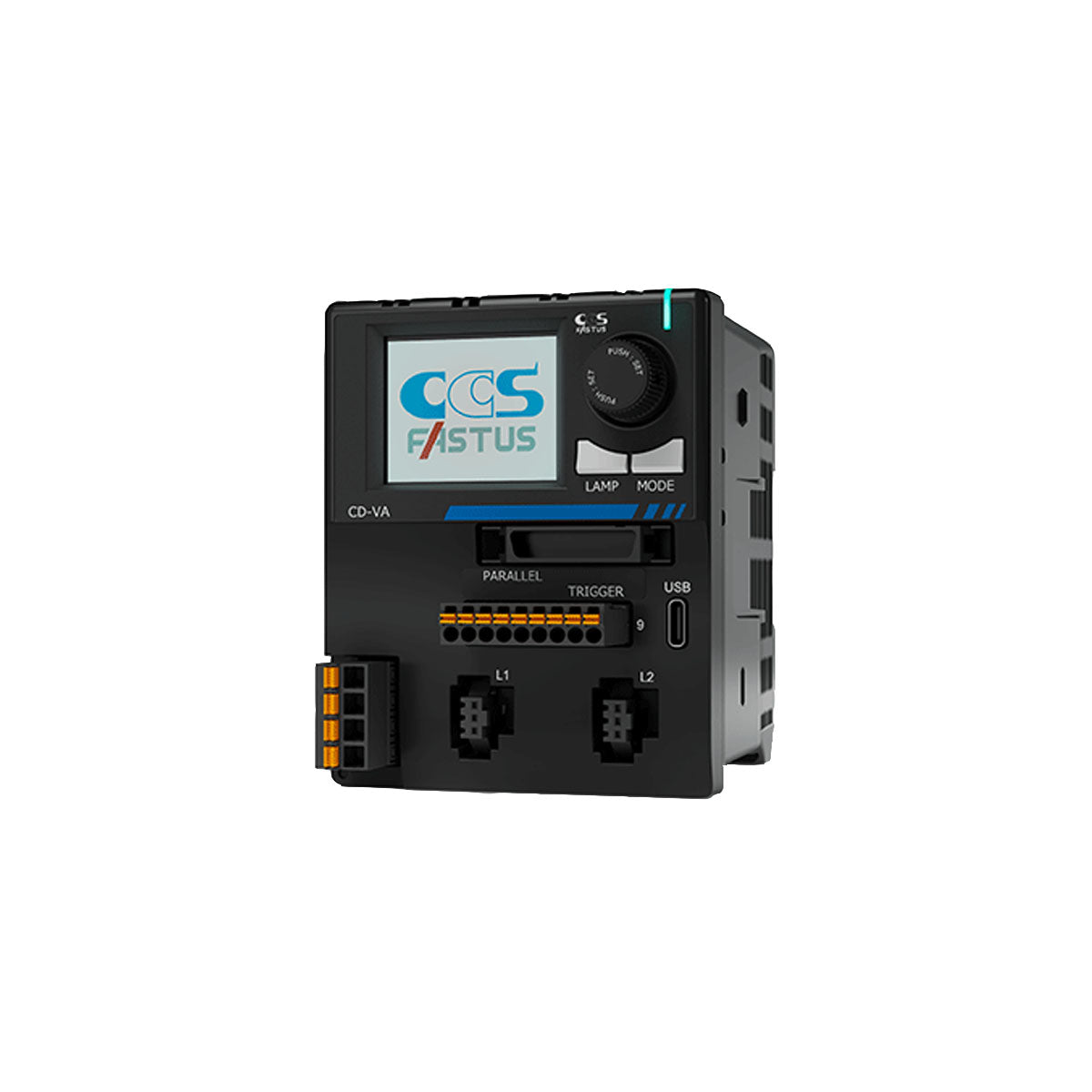
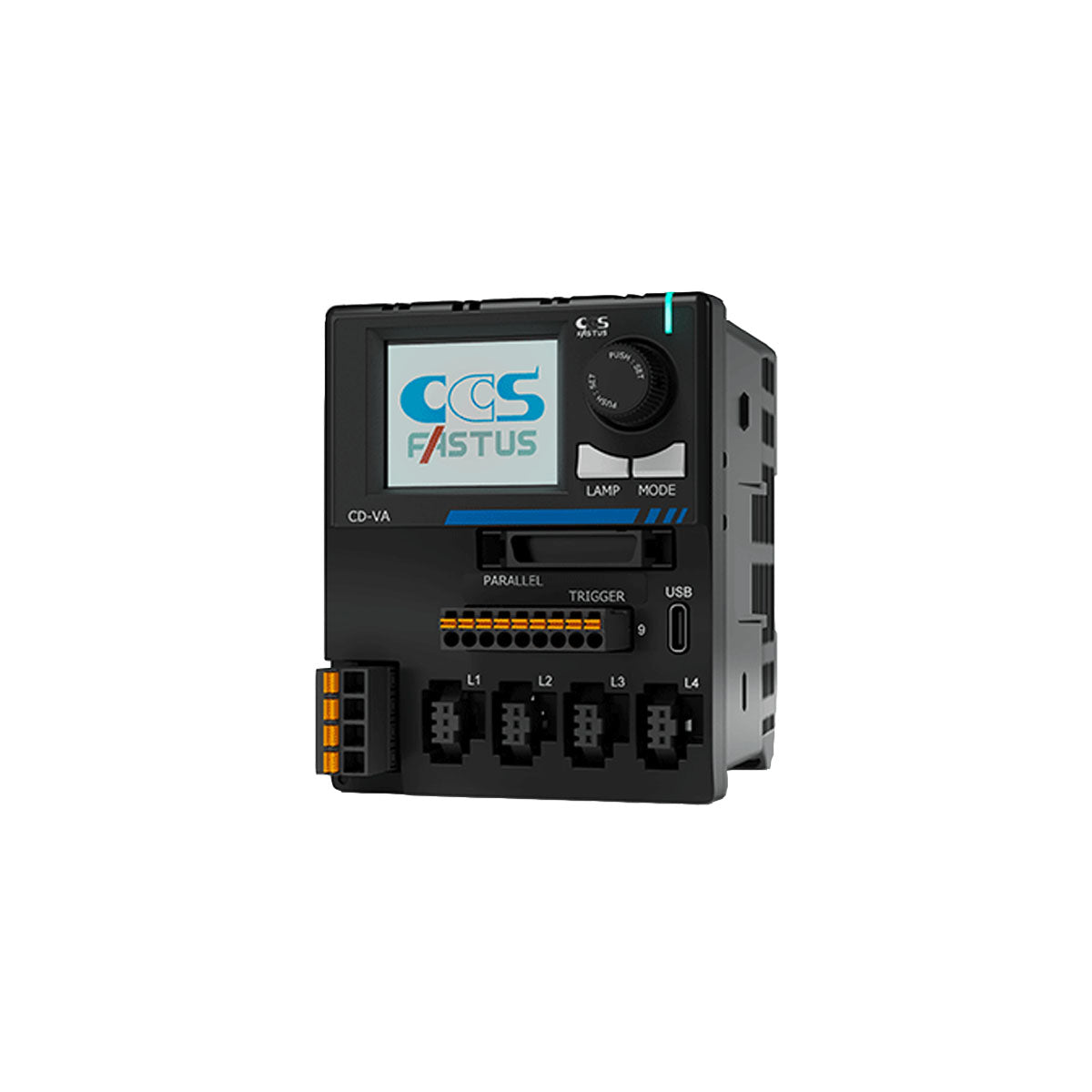
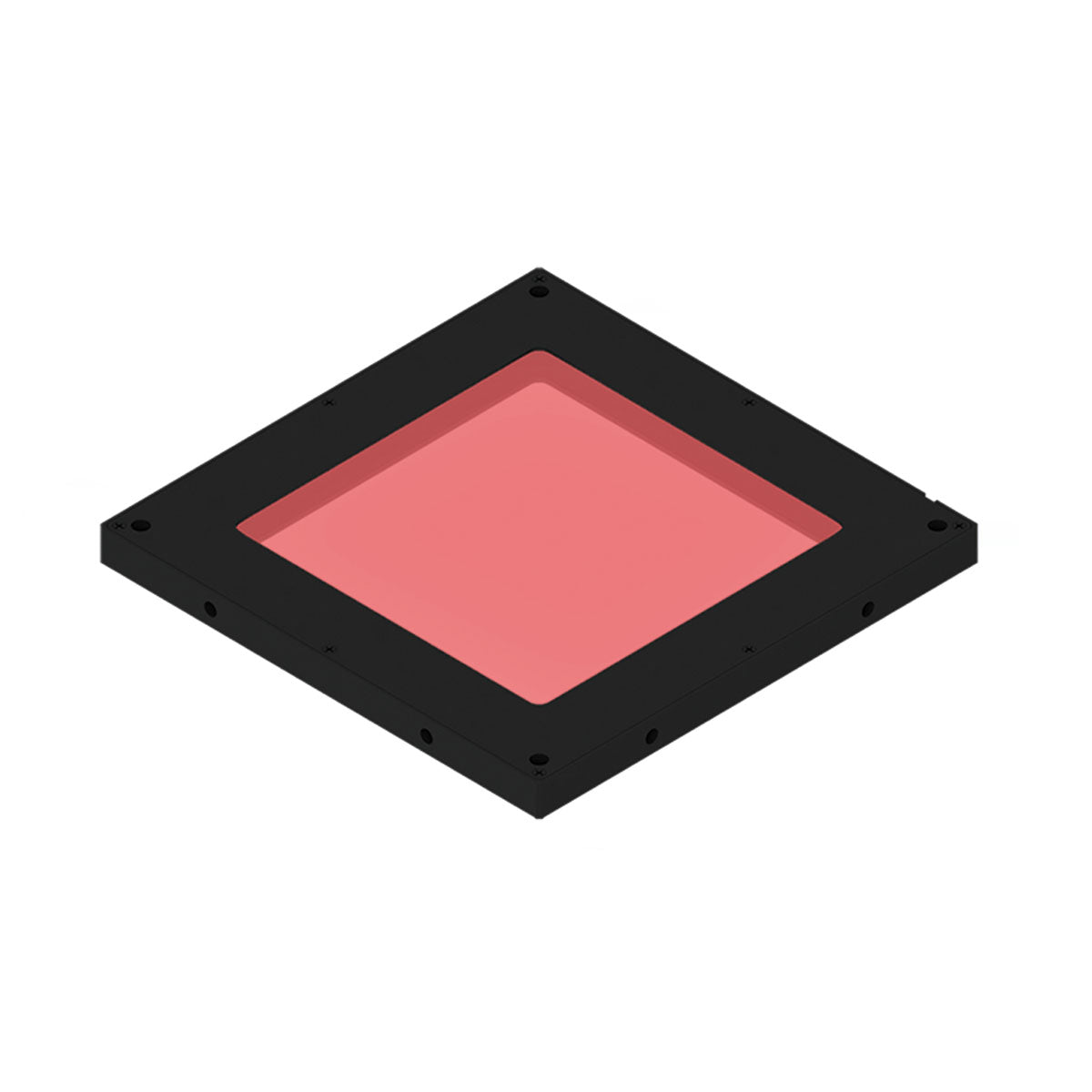
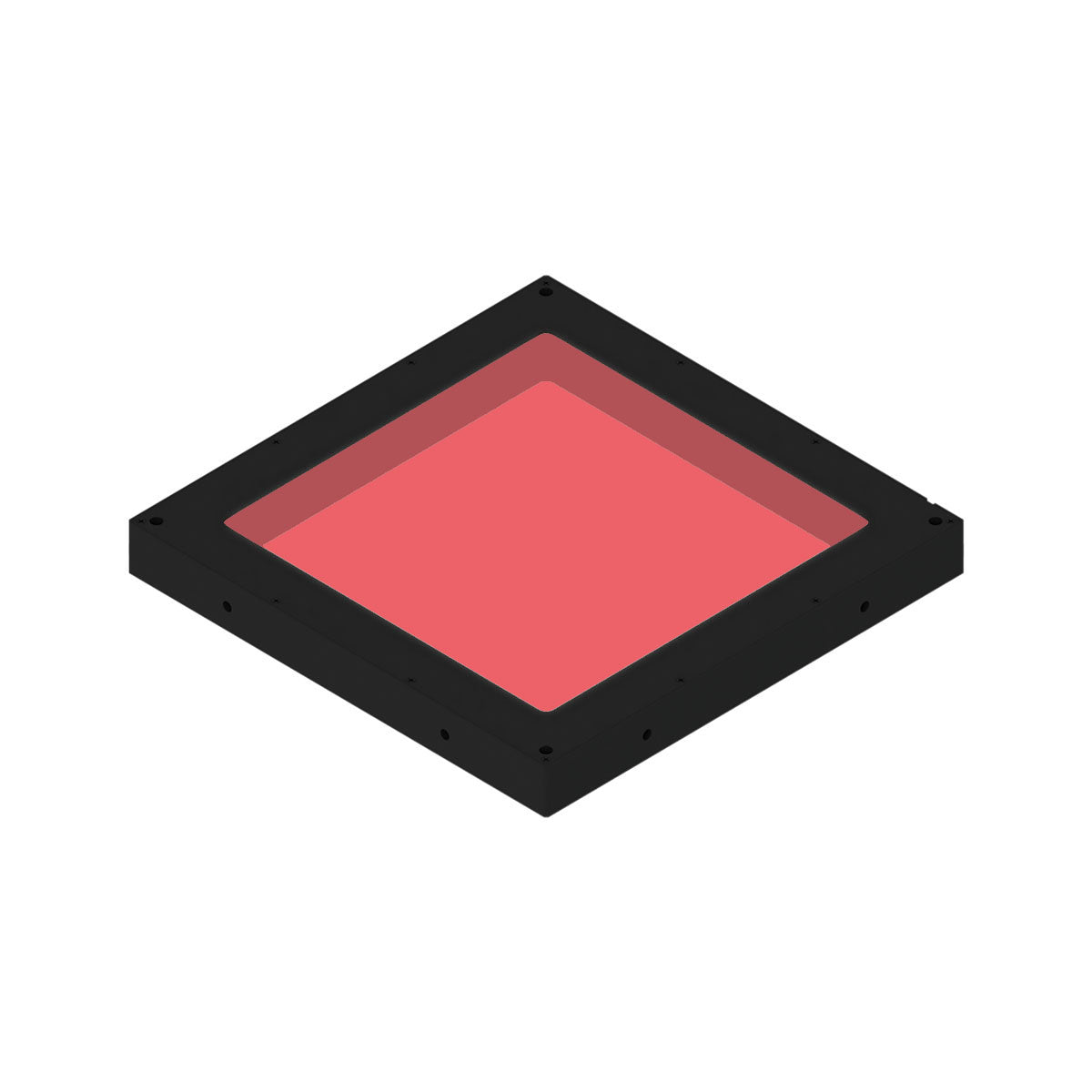
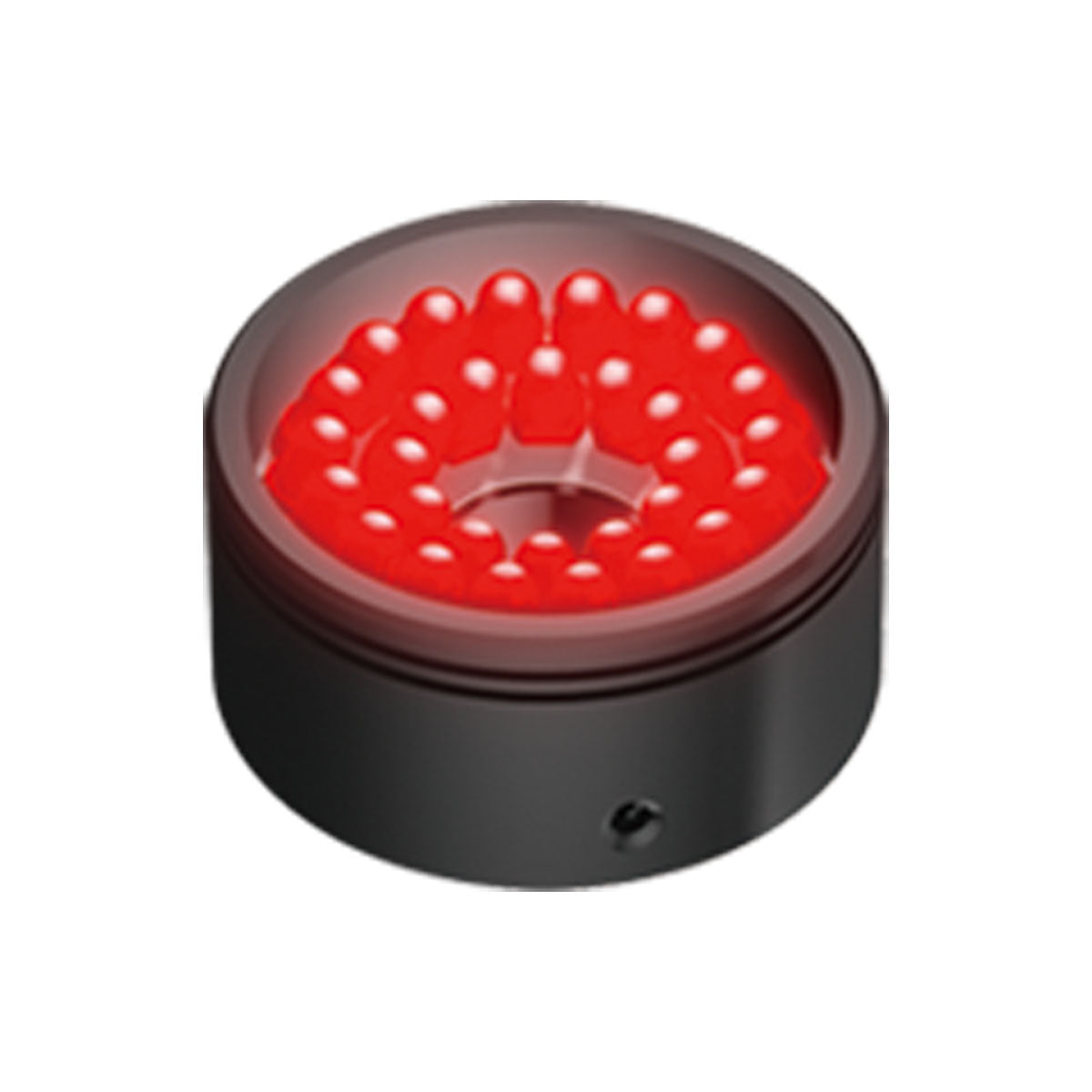
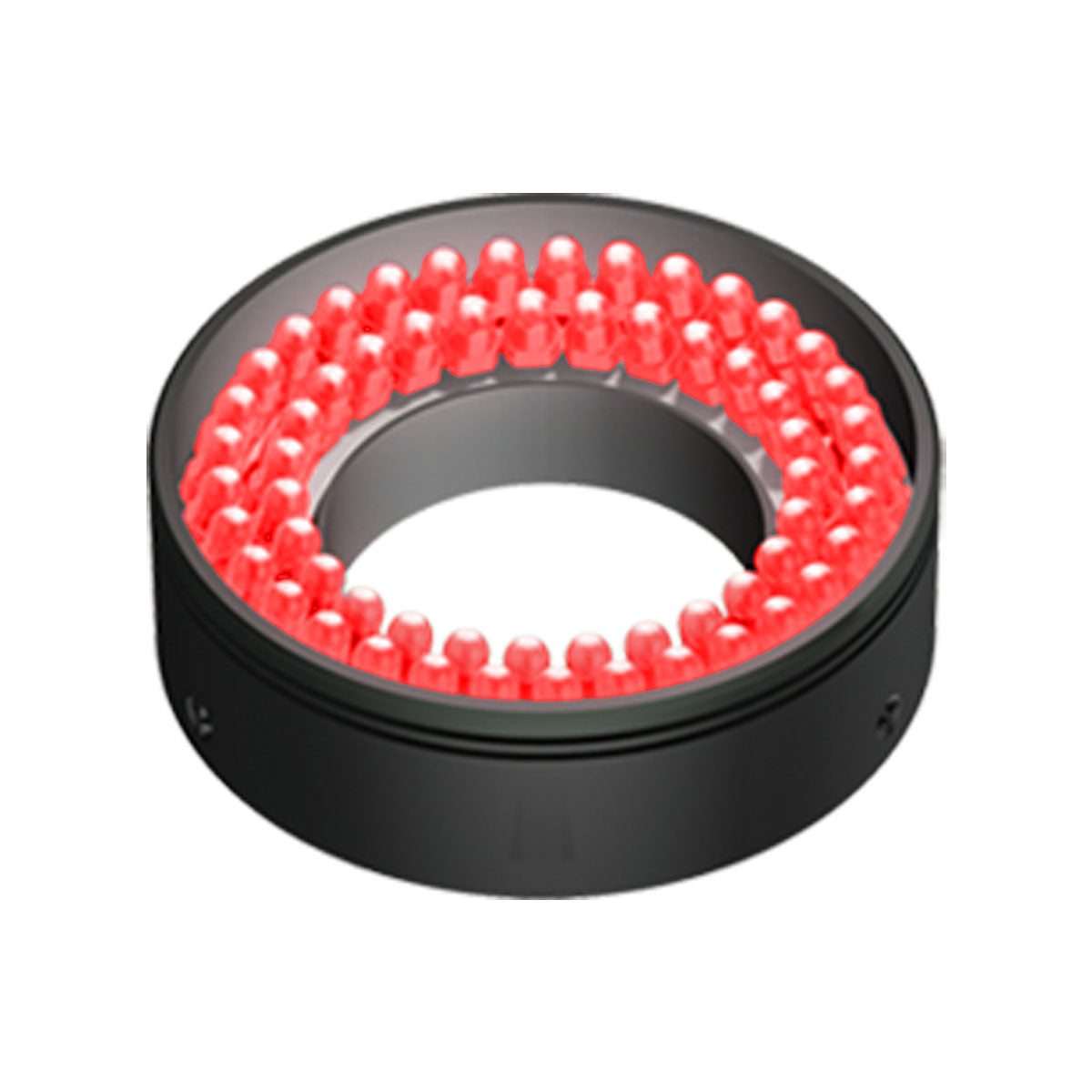
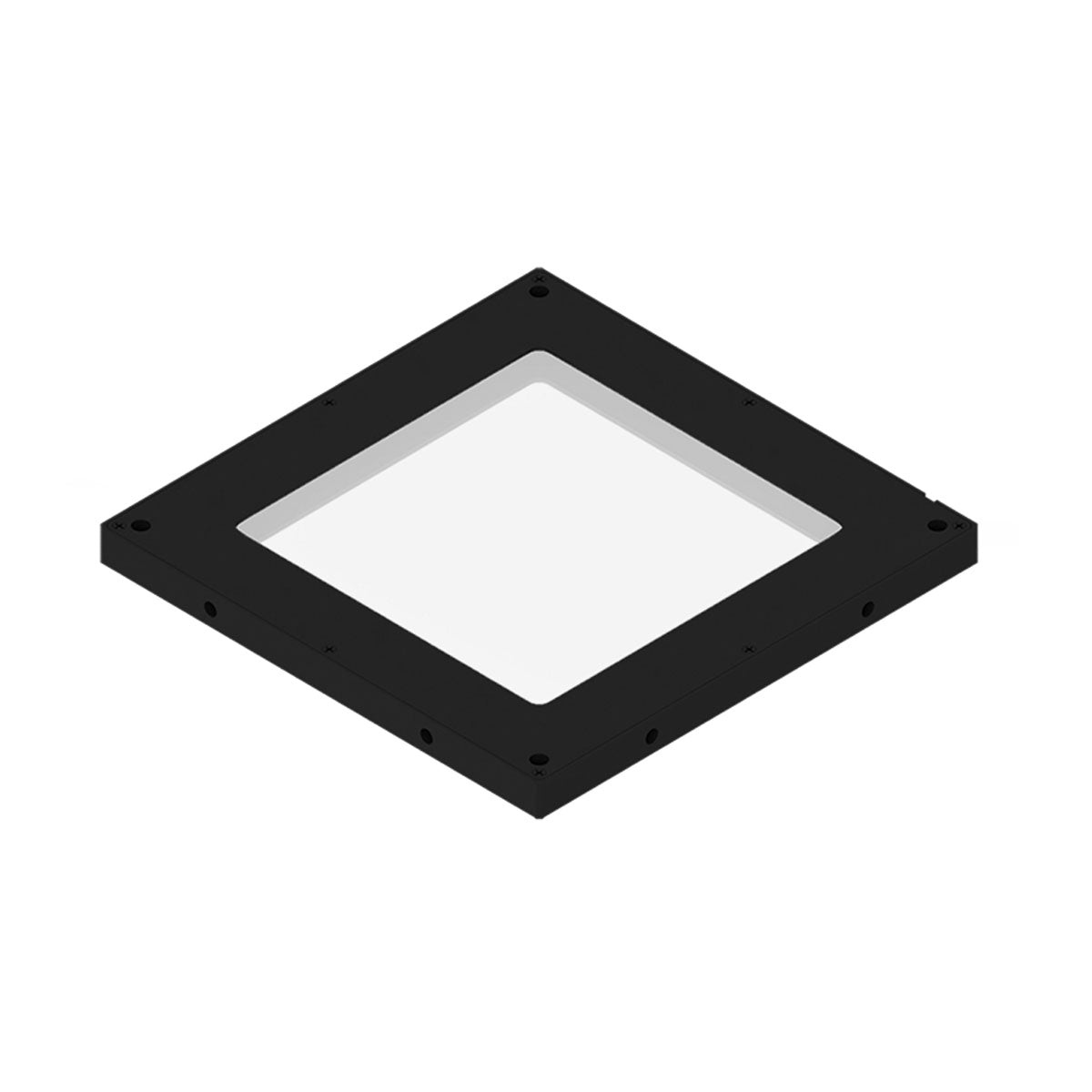
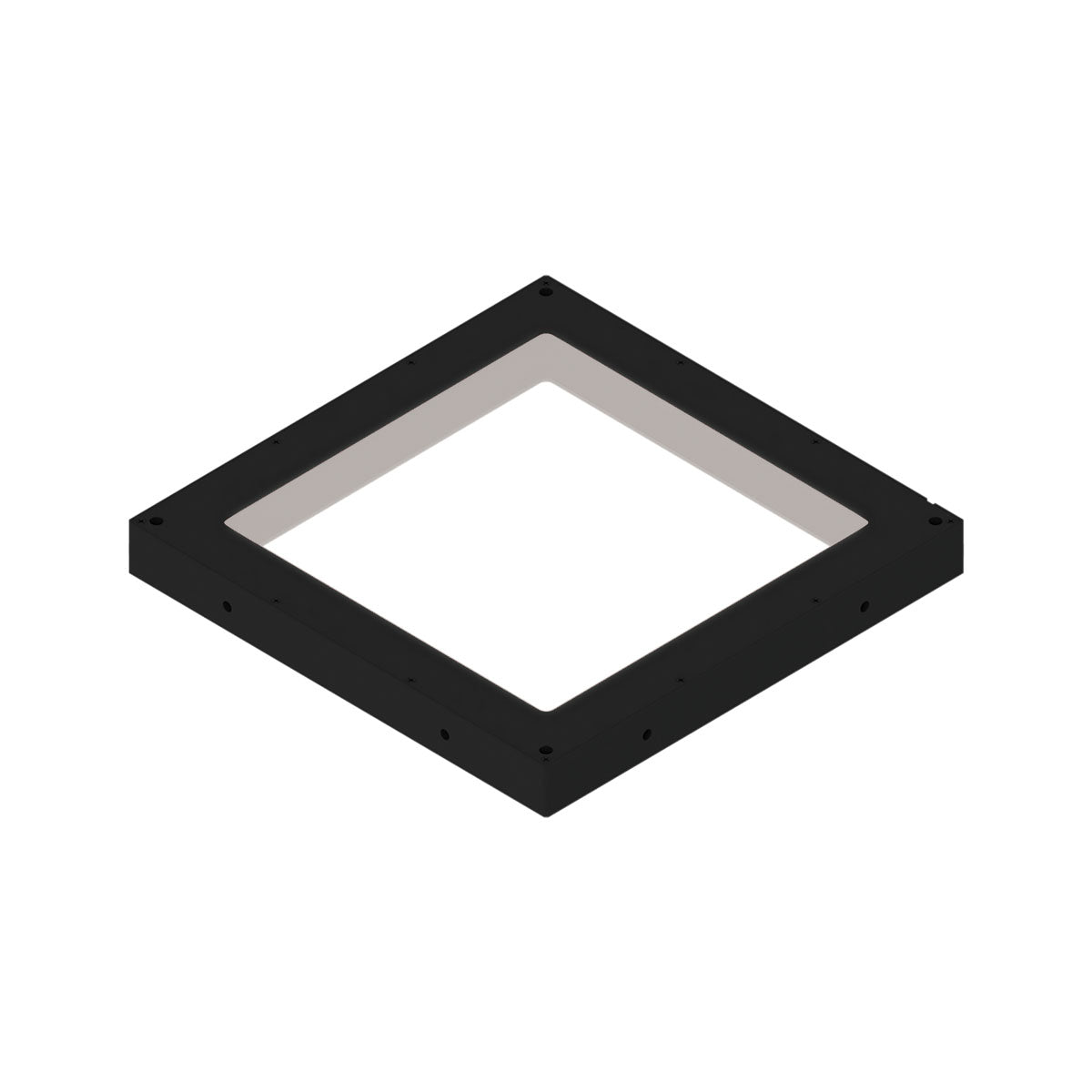
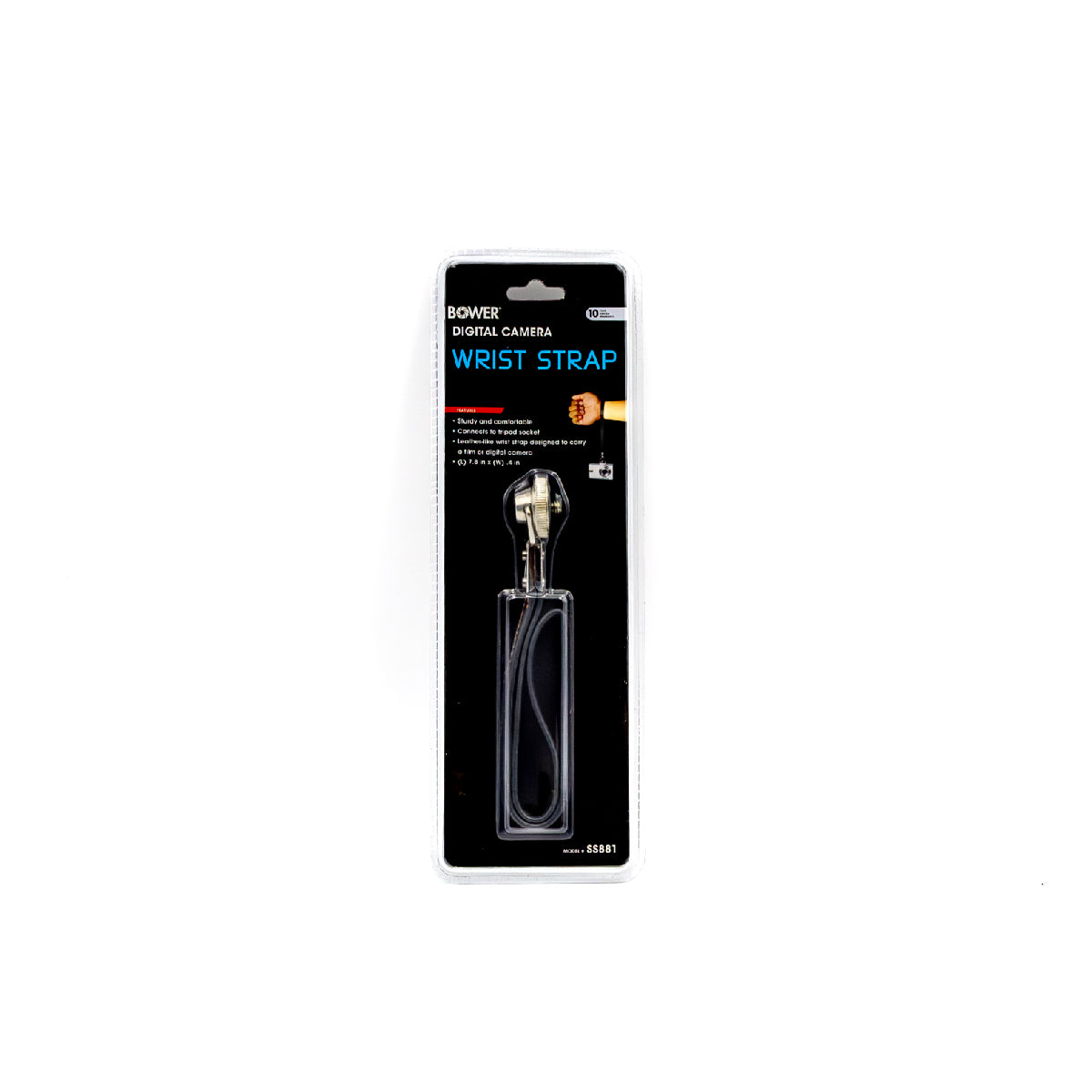

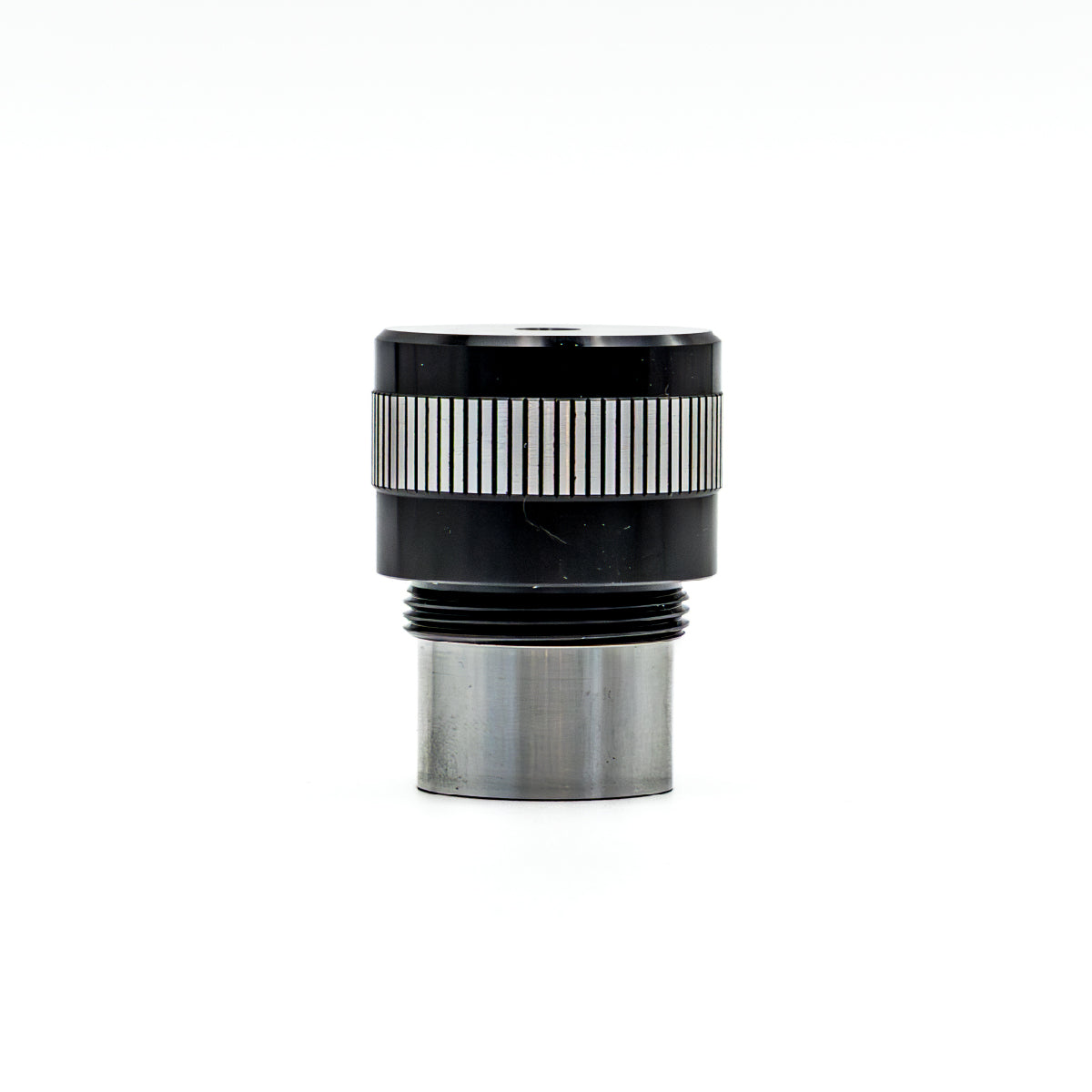
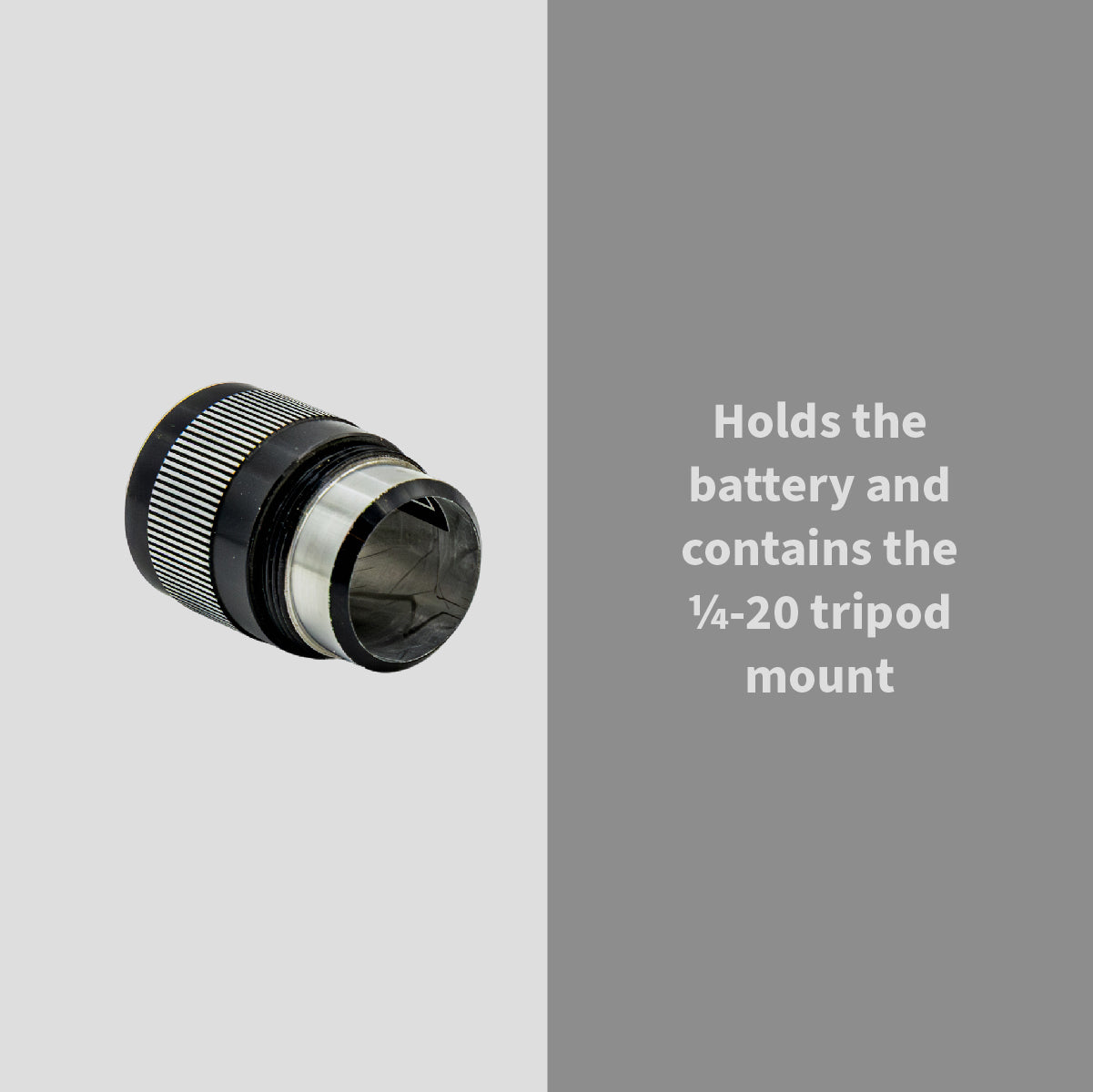


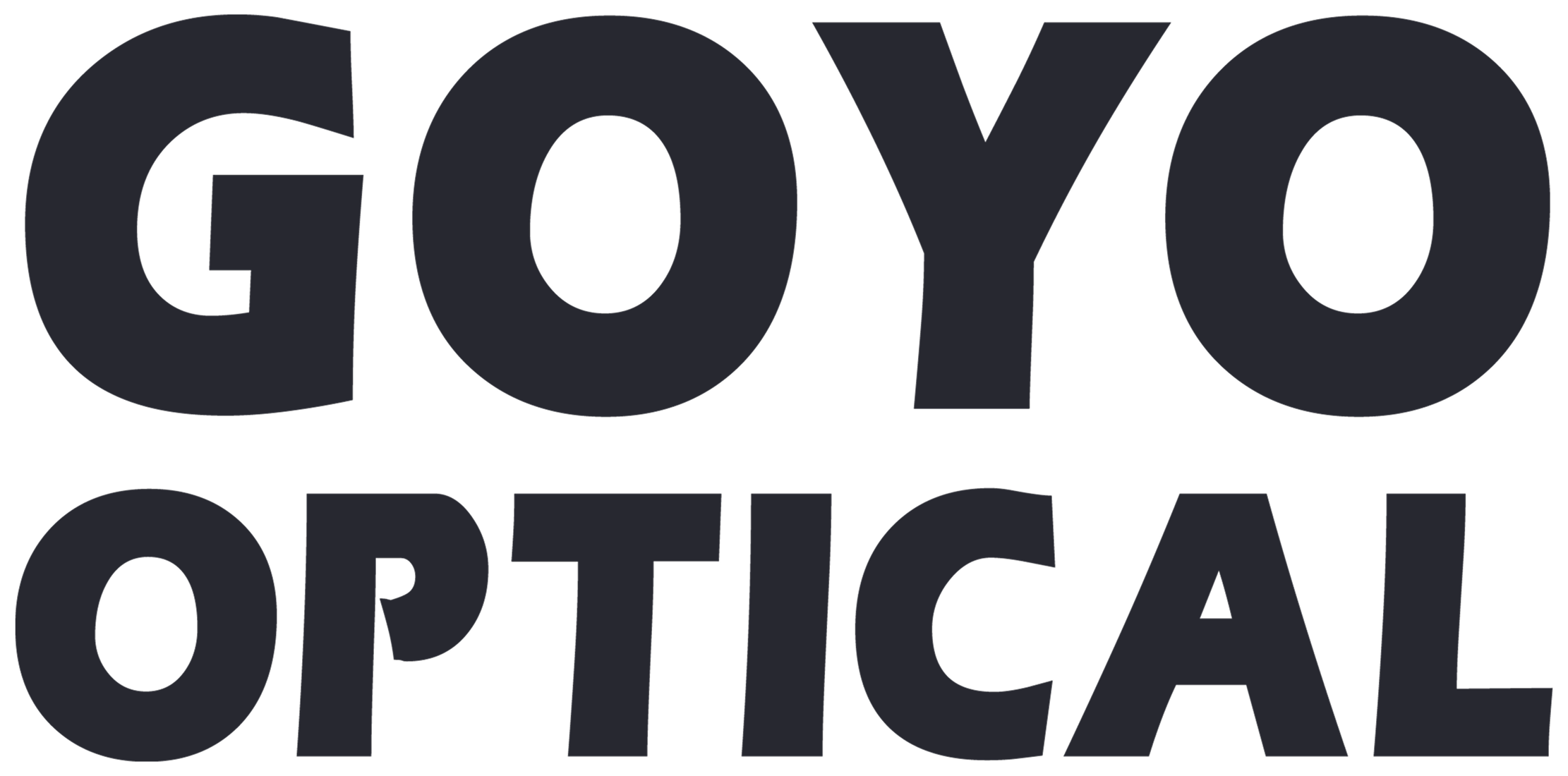
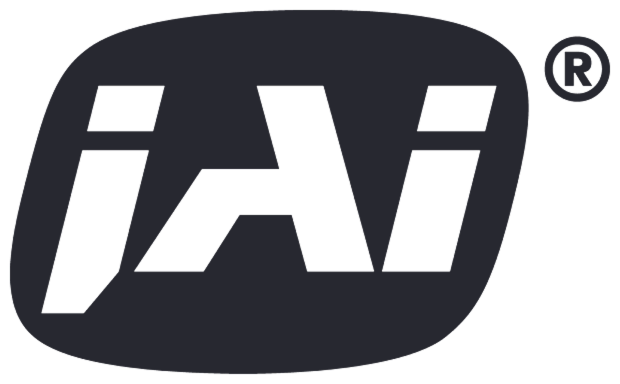
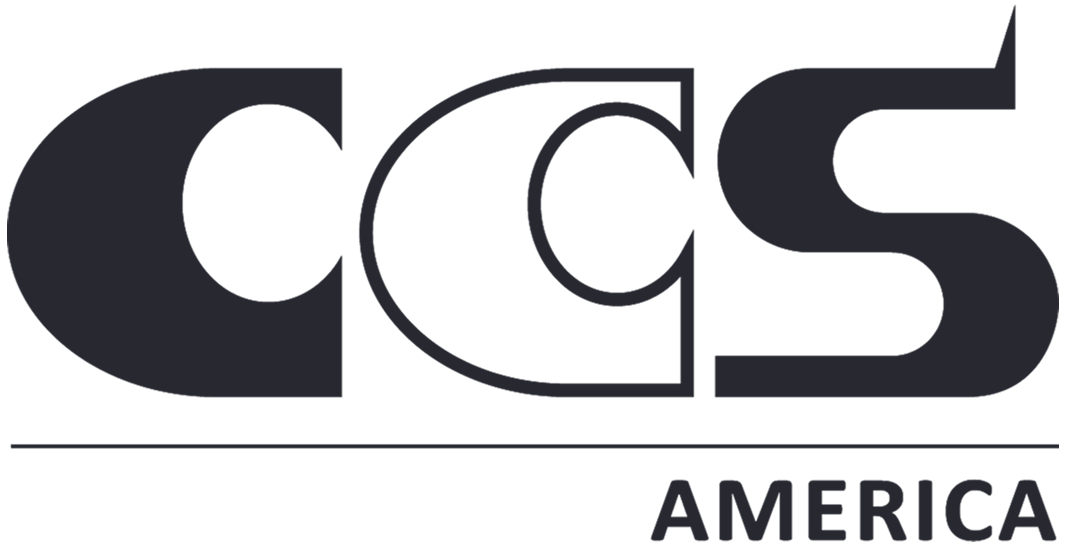
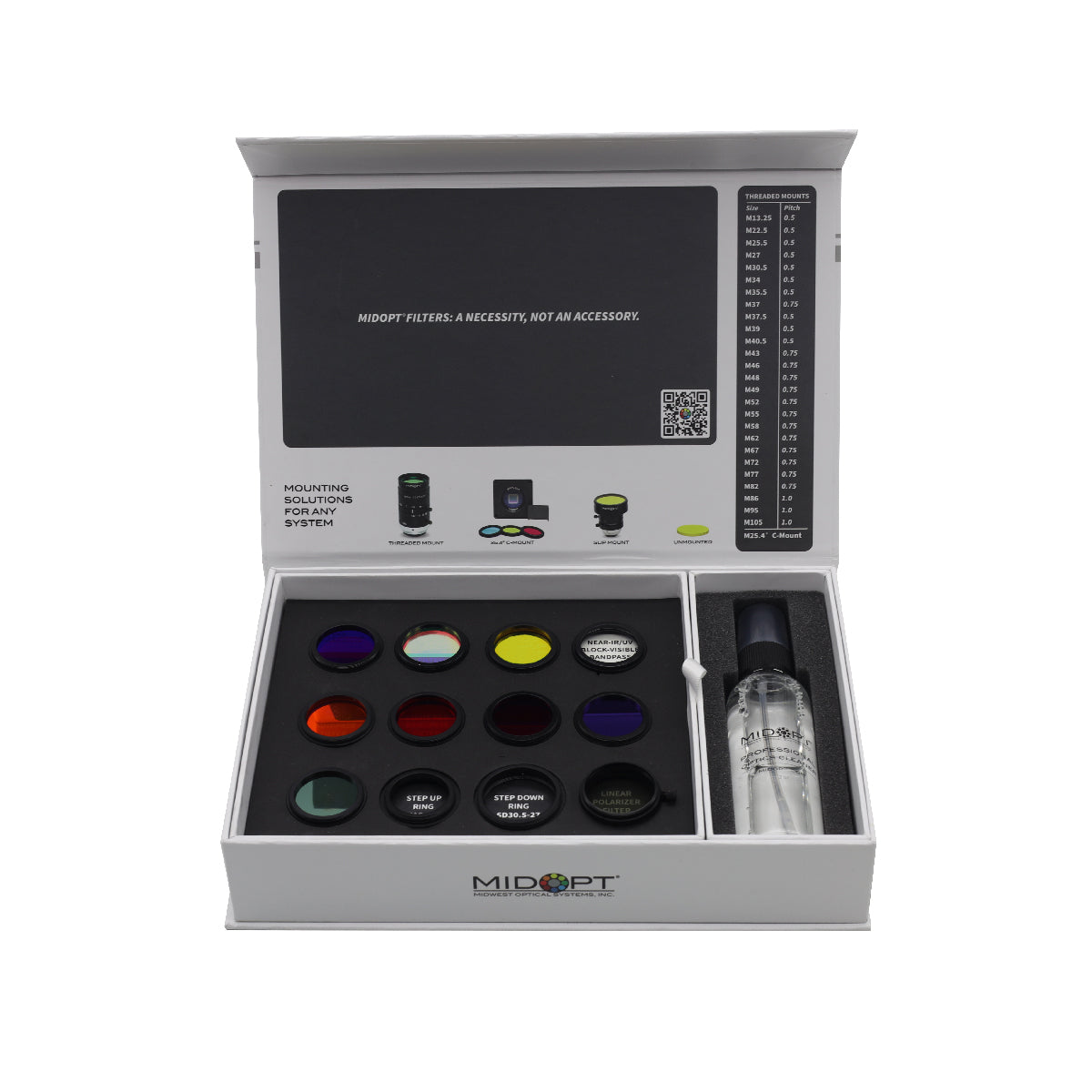
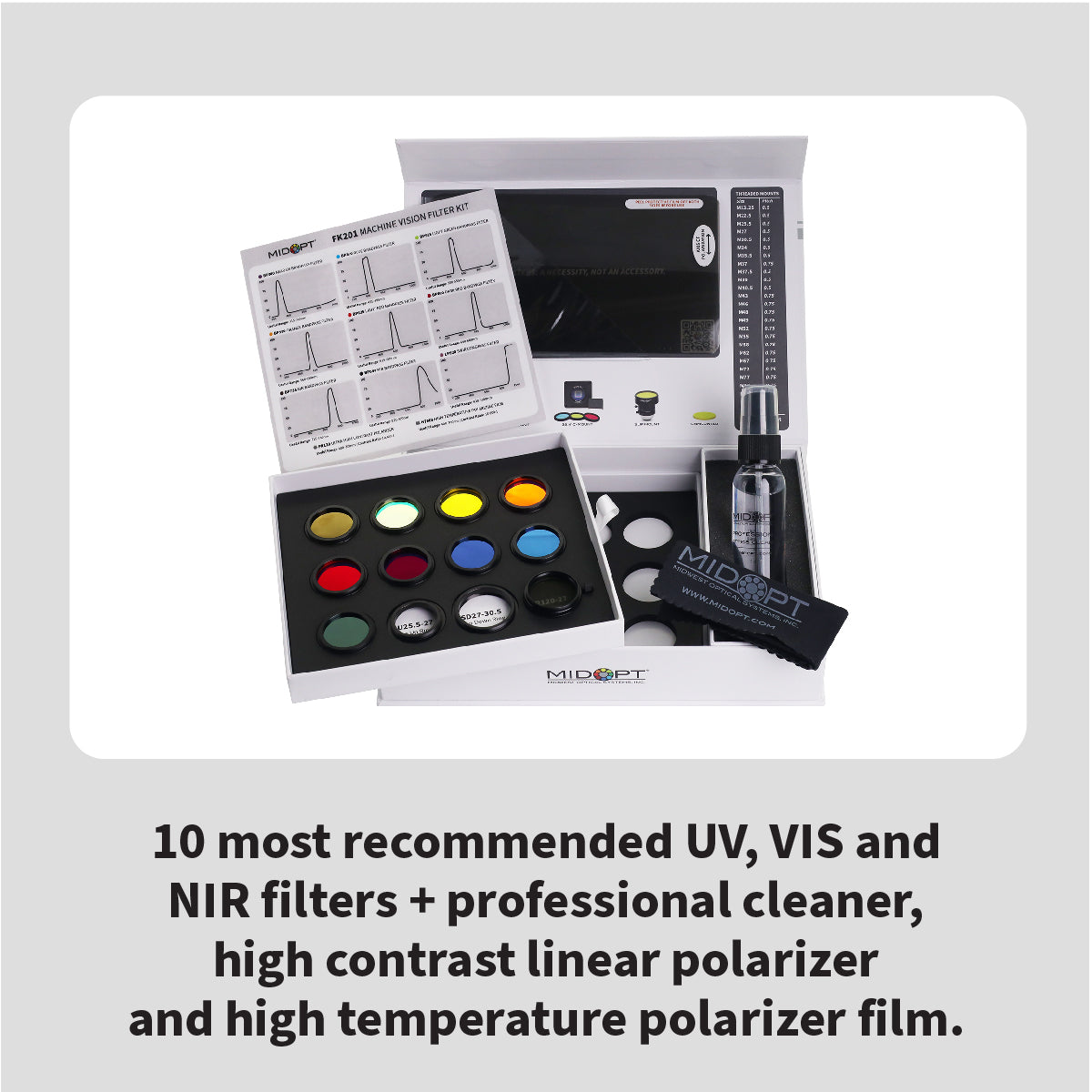
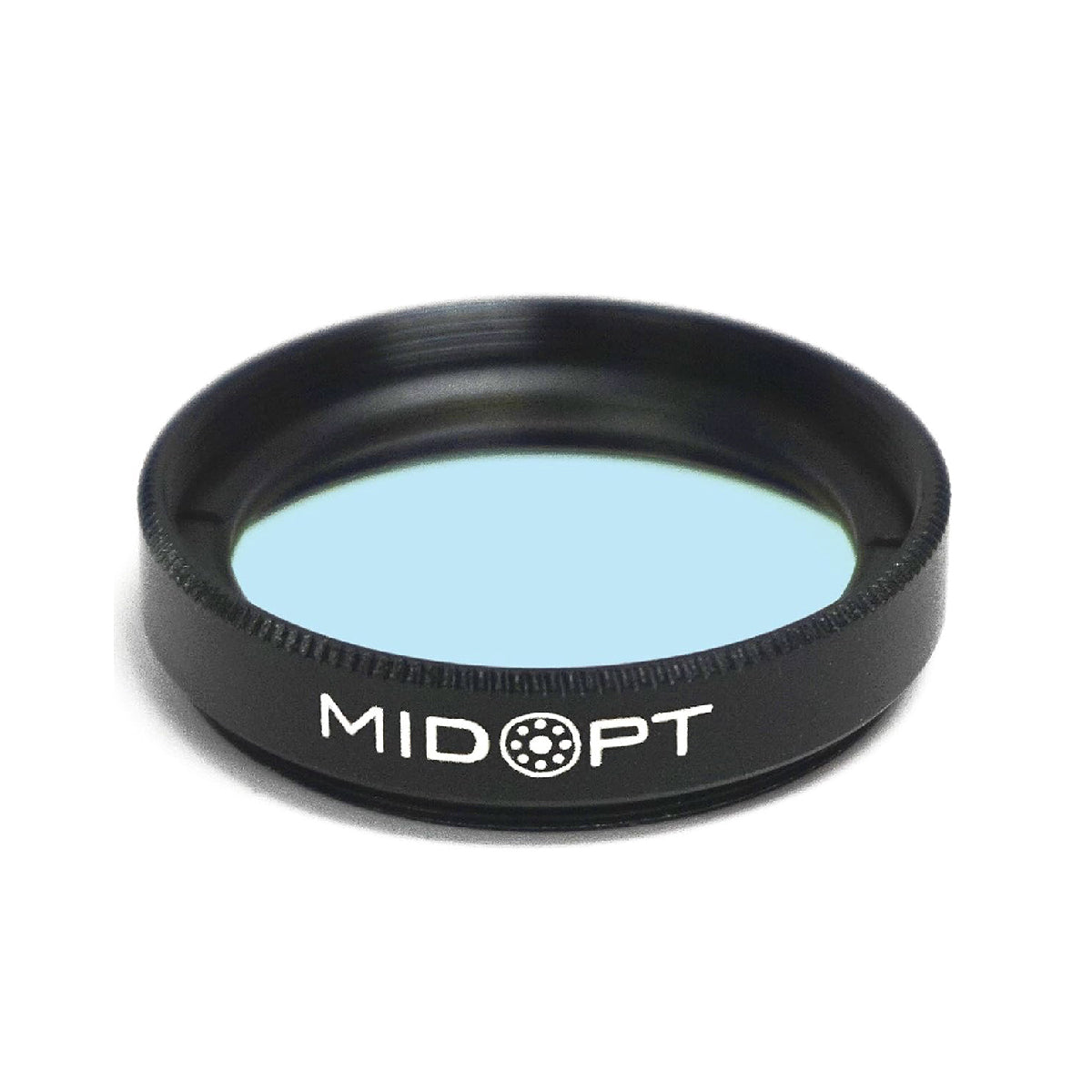
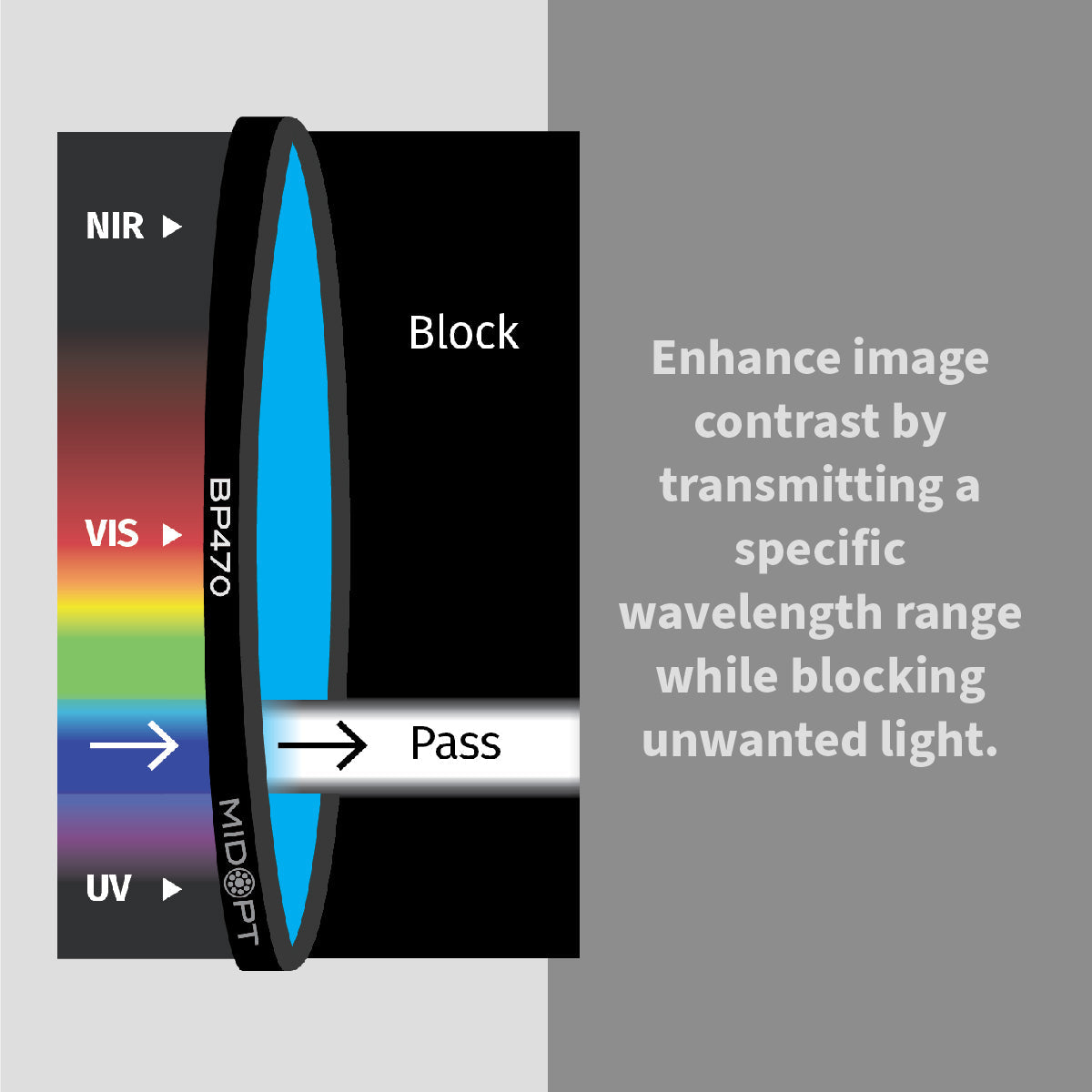

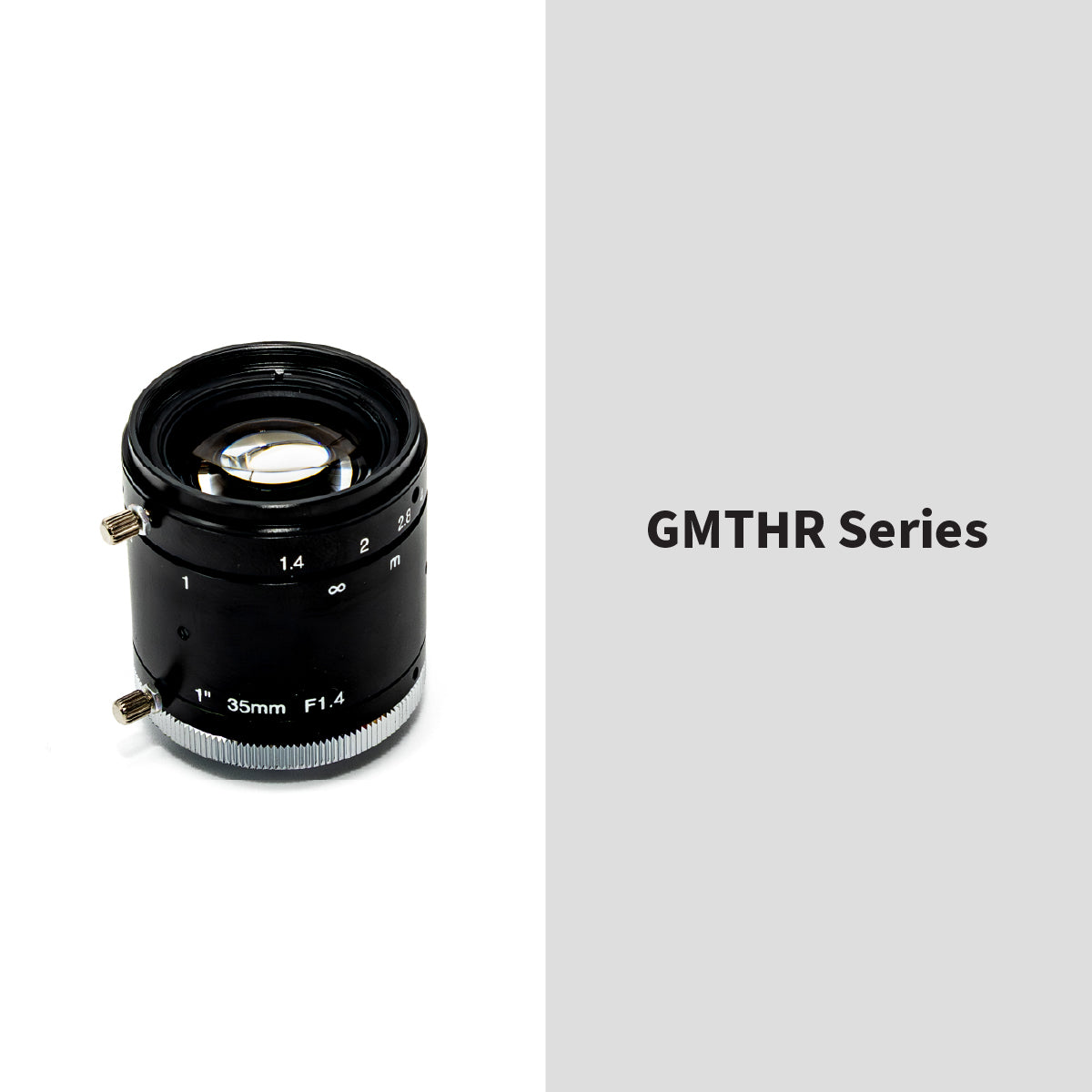
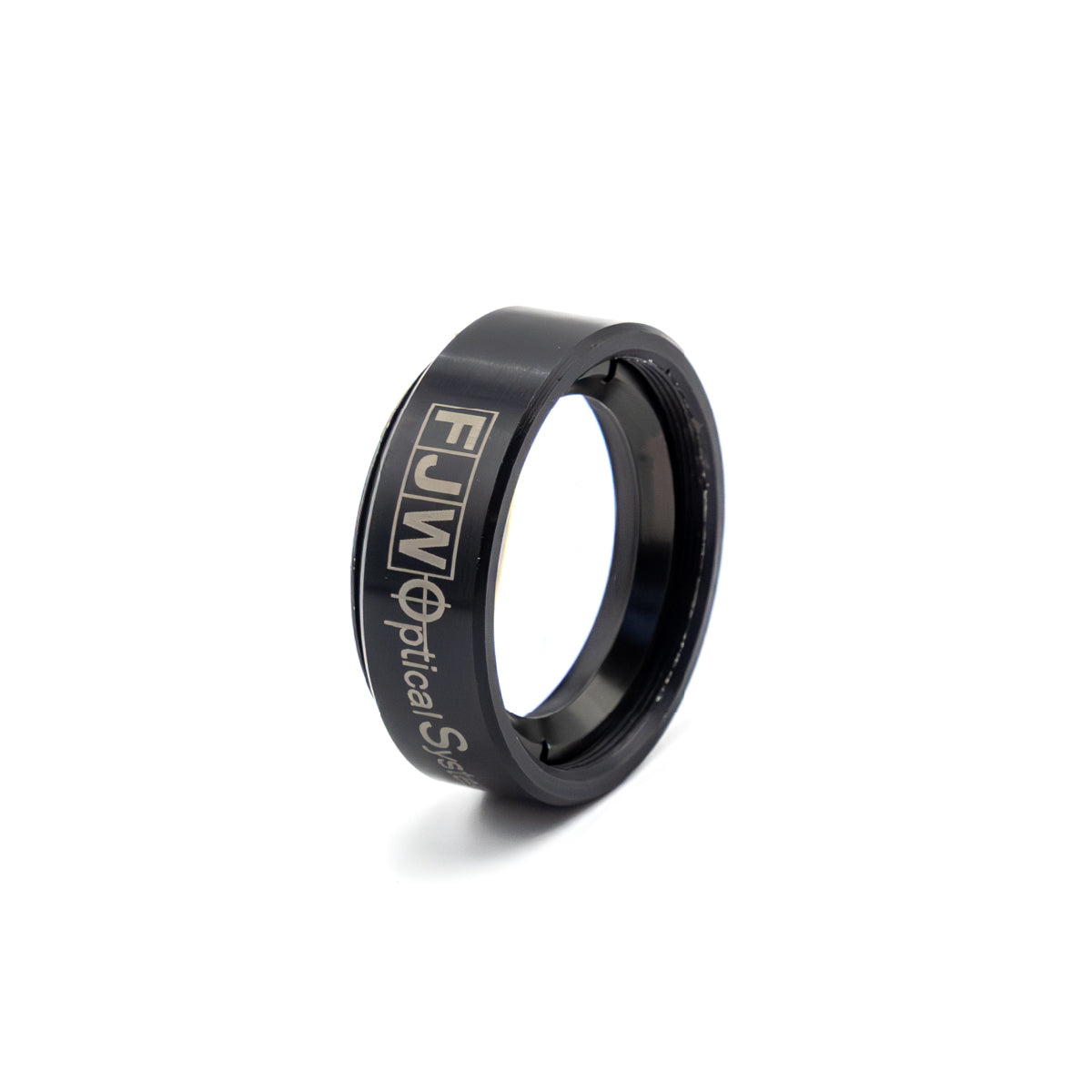
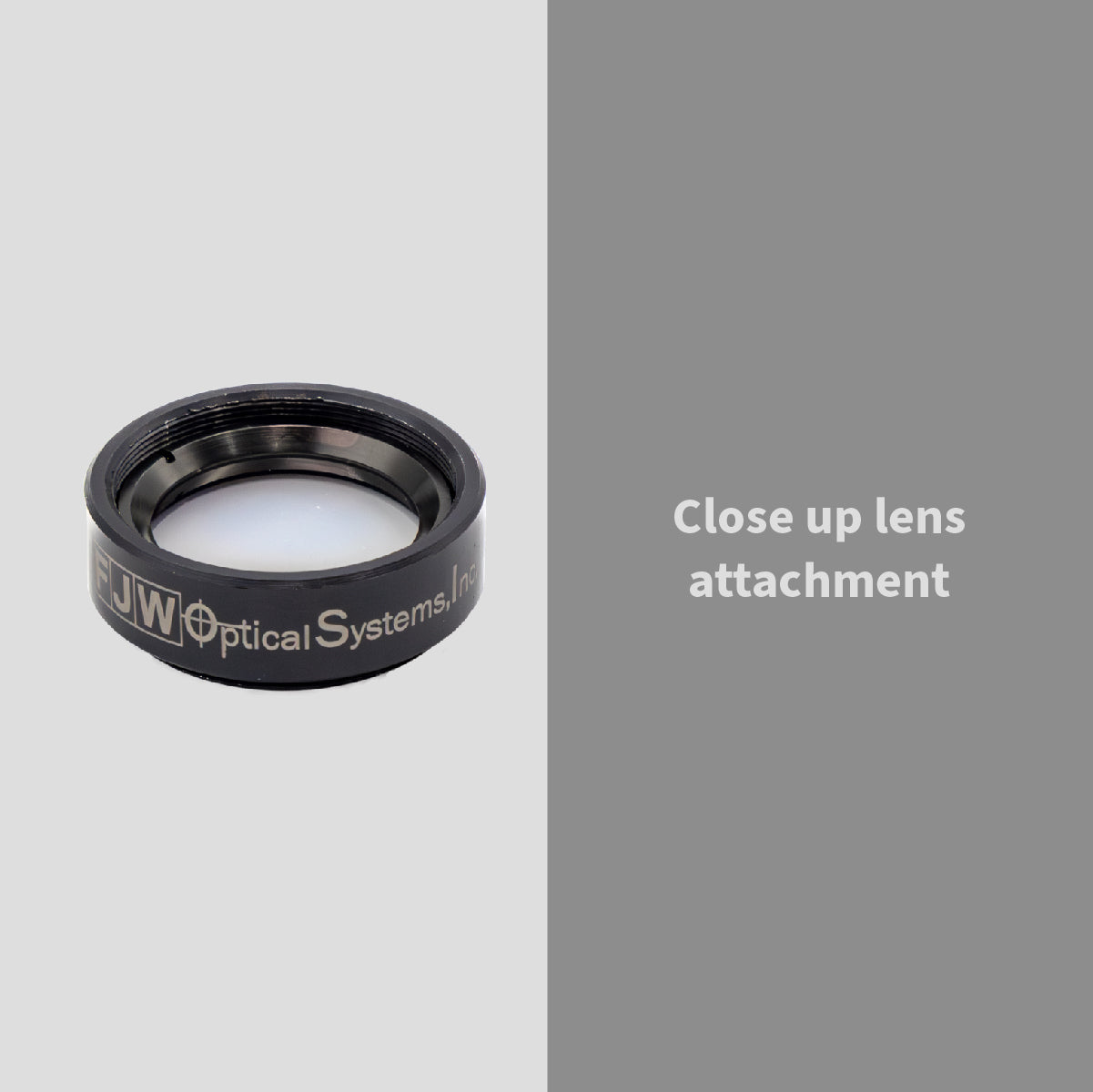










 Lighting
Lighting





